32 Secret Superfoods You Walk Past Every Time You Go Shopping
We all know the superstars of healthy eating: kale, quinoa, chia seeds... But what about the unsung heroes lurking in the shadows of the produce aisle and pantry? We've expanded our list to reveal 32 often-overlooked foods that pack a serious nutritional punch. These aren't just your average groceries; they're treasure troves of vitamins, minerals, antioxidants, and unique compounds that can transform your health. Forget bland and boring – these nutritional powerhouses are as delicious and versatile as they are good for you. From ancient grains that redefine fiber to unexpected sources of plant-based protein, we're diving deep into the foods that can boost your immunity, ignite your gut, elevate your energy, and revolutionize your overall well-being. Get ready to revamp your shopping list and discover a world of exciting new flavors and incredible health benefits!
1. The Mighty Moringa: A Nutritional Powerhouse
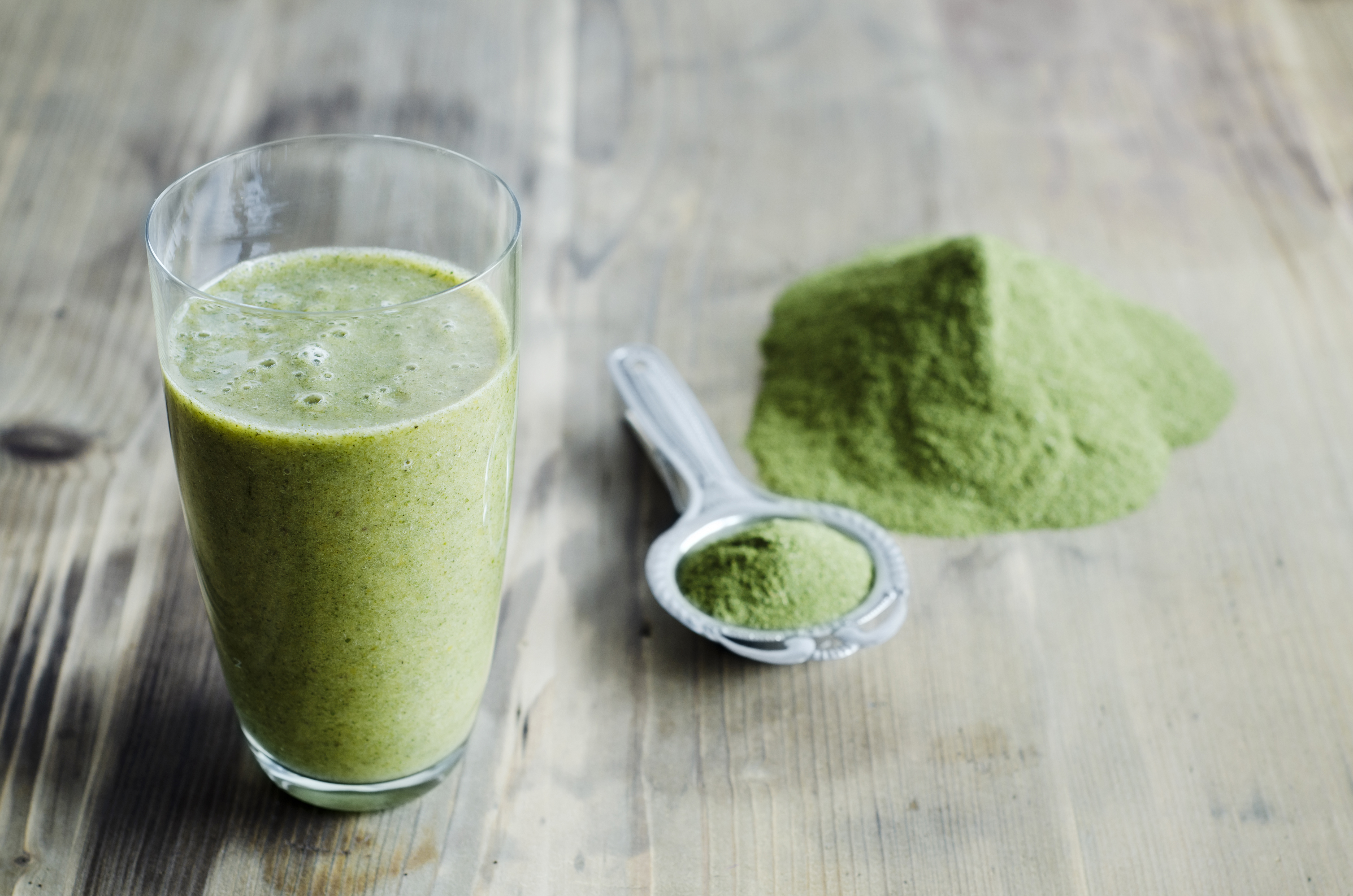
Moringa, often referred to as the "miracle tree," is an extraordinary plant whose leaves are teeming with nutrients. Native to parts of Africa and Asia, moringa is rich in vitamins A, C, and E, which are essential antioxidants. These vitamins play a crucial role in protecting cells from oxidative stress, thereby reducing the risk of chronic diseases. Furthermore, moringa leaves are a potent source of calcium, iron, and protein, making them an excellent dietary supplement for vegetarians and vegans. The plant’s anti-inflammatory properties have been linked to improved heart health and reduced symptoms of arthritis. Moringa can be consumed in various forms, including powders, teas, and capsules, making it easy to incorporate into daily meals.
2. Spirulina: The Blue-Green Algae with a Punch
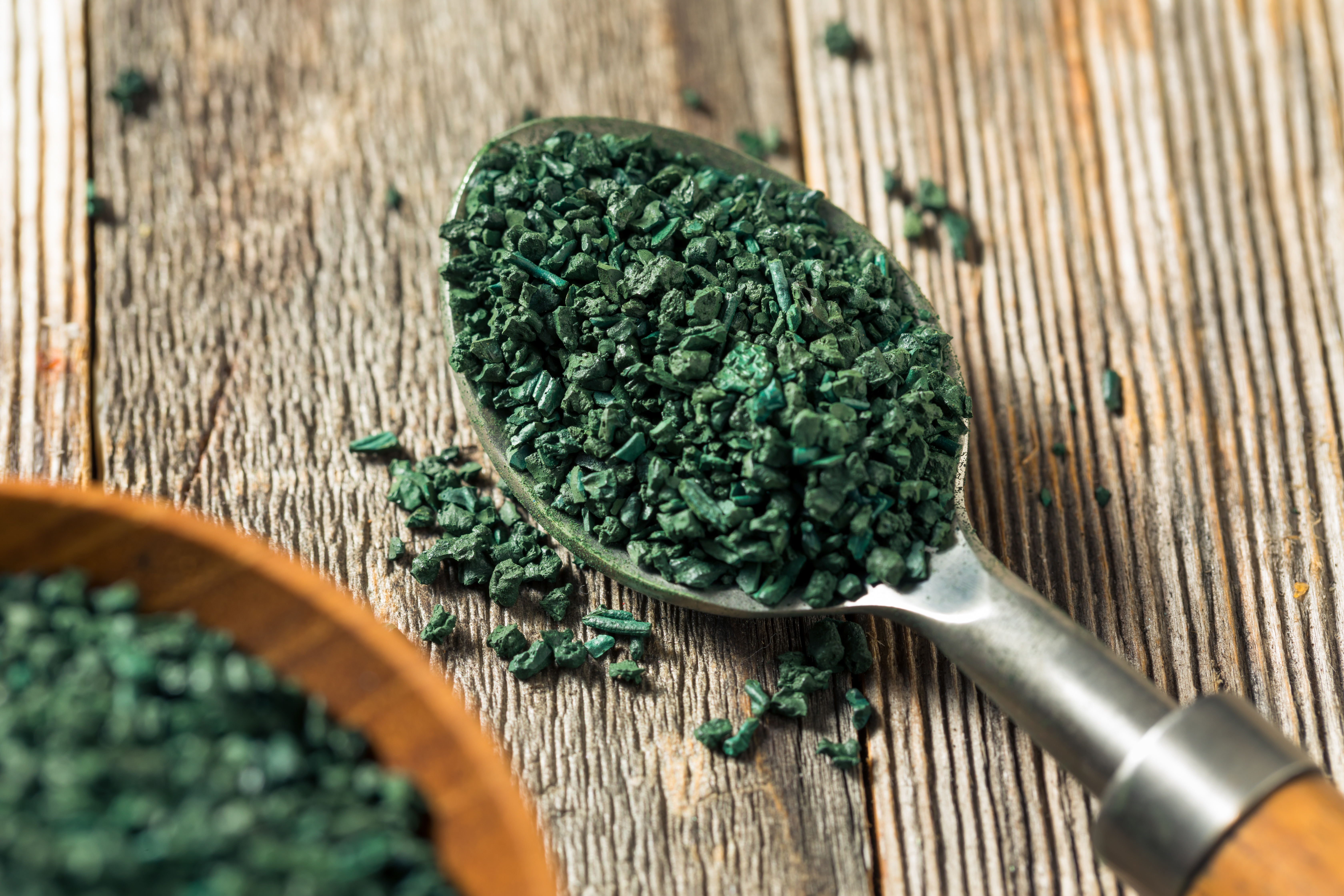
Spirulina, a type of blue-green algae, is a nutritional powerhouse that has been consumed for centuries due to its health benefits. It is incredibly high in protein, containing all the essential amino acids, which makes it an excellent source of plant-based protein. Spirulina is also rich in vitamins B1, B2, and B3, as well as copper and iron, supporting energy production and immune function. The presence of powerful antioxidants like phycocyanin helps to combat oxidative stress and inflammation. Spirulina is typically available in powder or tablet form, and it can be easily added to smoothies, juices, or even sprinkled over salads for a nutritional boost.
3. The Versatile Flaxseed: Tiny Seeds of Power
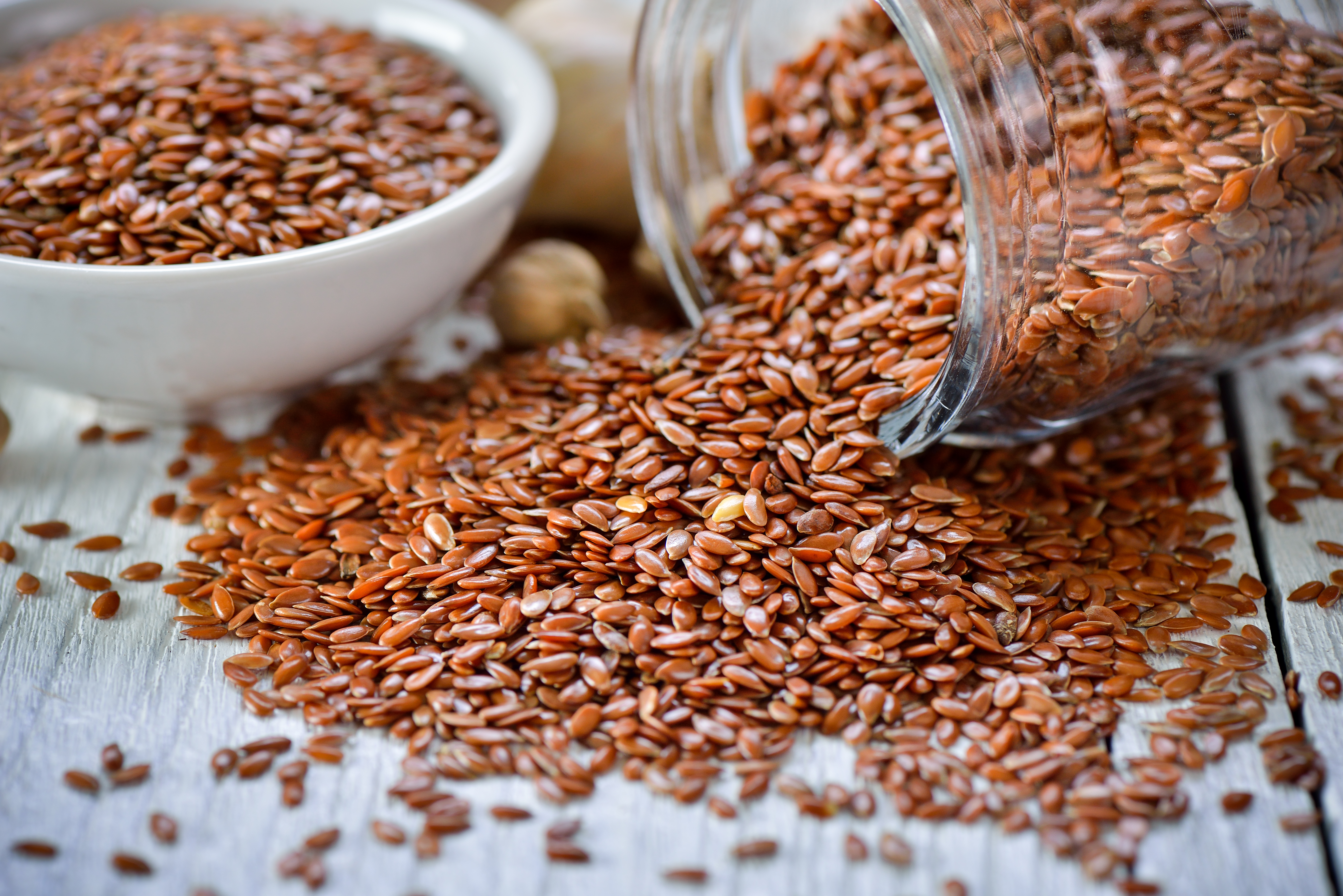
Flaxseeds are small but mighty, offering a wealth of nutritional benefits. These seeds are one of the best plant-based sources of omega-3 fatty acids, which are crucial for heart health. Omega-3s help to reduce inflammation, lower blood pressure, and decrease the risk of chronic diseases such as heart disease and arthritis. Flaxseeds are also high in lignans, a type of antioxidant that has been shown to reduce the risk of cancer. Additionally, they are a good source of dietary fiber, promoting healthy digestion and weight management. Flaxseeds can be easily incorporated into your diet by adding them to cereals, yogurts, or baked goods.
4. Chia Seeds: The Ancient Superfood
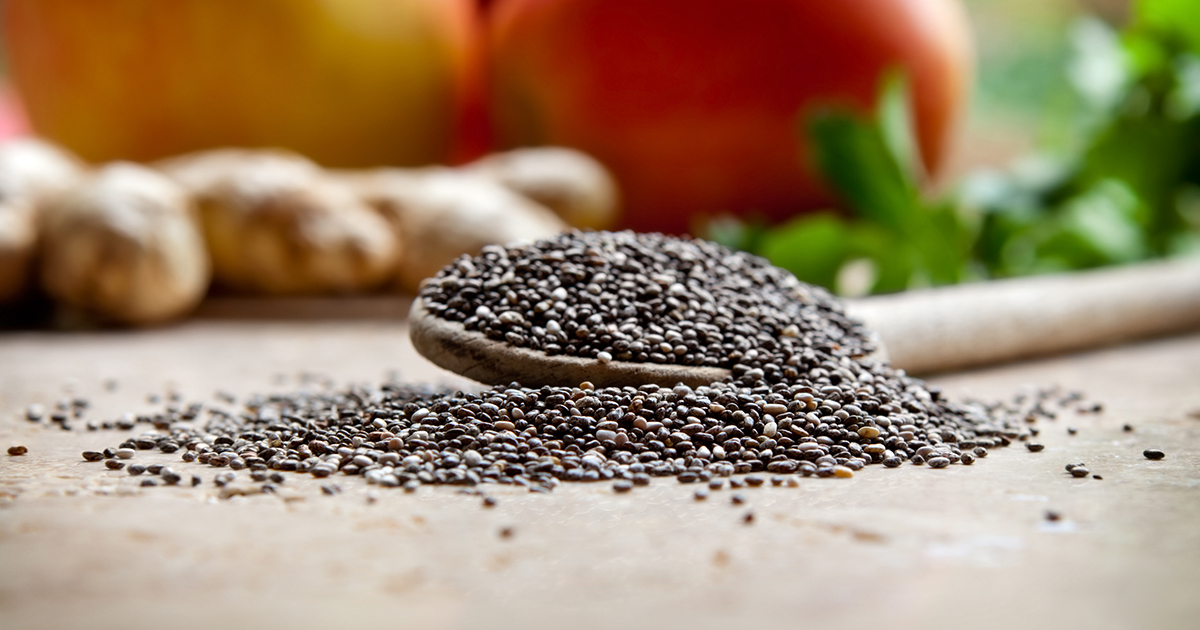
Chia seeds have been consumed for thousands of years, prized by ancient civilizations for their energy-boosting properties. These tiny seeds are packed with nutrients, including omega-3 fatty acids, fiber, protein, and a range of essential minerals such as calcium, magnesium, and phosphorus. The high fiber content of chia seeds aids in digestion and helps to maintain stable blood sugar levels, making them an excellent choice for those managing diabetes. Chia seeds also absorb liquid, expanding in the stomach to promote a feeling of fullness, which can aid in weight management. They can be used in a variety of dishes, from smoothies to puddings, adding both nutrition and texture.
5. The Nutrient-Dense Sweet Potato

Sweet potatoes are not only delicious but also incredibly nutritious. Rich in beta-carotene, a precursor to vitamin A, sweet potatoes support healthy vision, skin, and immune function. They are also a good source of vitamin C, manganese, and potassium, which help to maintain healthy blood pressure levels. The fiber content in sweet potatoes supports digestive health and can aid in weight management. Sweet potatoes are versatile and can be baked, mashed, or roasted, making them a delightful addition to any meal. Their natural sweetness makes them a favorite among both children and adults, providing a nutritious alternative to regular potatoes.
6. The Humble Lentil: A Protein-Rich Legume

Lentils are a staple in many diets around the world, known for their high protein content and versatility. They are an excellent source of plant-based protein, making them a valuable addition to vegetarian and vegan diets. Lentils are also rich in iron, folate, and fiber, supporting energy production, healthy pregnancy, and digestive health. The soluble fiber in lentils helps to lower cholesterol levels and stabilize blood sugar, reducing the risk of heart disease and diabetes. Lentils can be used in a variety of dishes, from soups and stews to salads and curries, providing a hearty and nutritious meal option.
7. The Omega-3 Rich Walnuts

Walnuts are a type of tree nut that is rich in omega-3 fatty acids, making them a heart-healthy snack. These nuts are also high in antioxidants, which help to protect the body from free radical damage and reduce inflammation. Walnuts are a good source of vitamin E, magnesium, and protein, supporting brain health, bone health, and muscle function. Regular consumption of walnuts has been linked to improved cognitive function and a reduced risk of heart disease. They can be eaten on their own as a snack or added to dishes such as salads, oatmeal, or baked goods for a nutritional boost.
8. The Iron-Rich Spinach: A Leafy Green Marvel
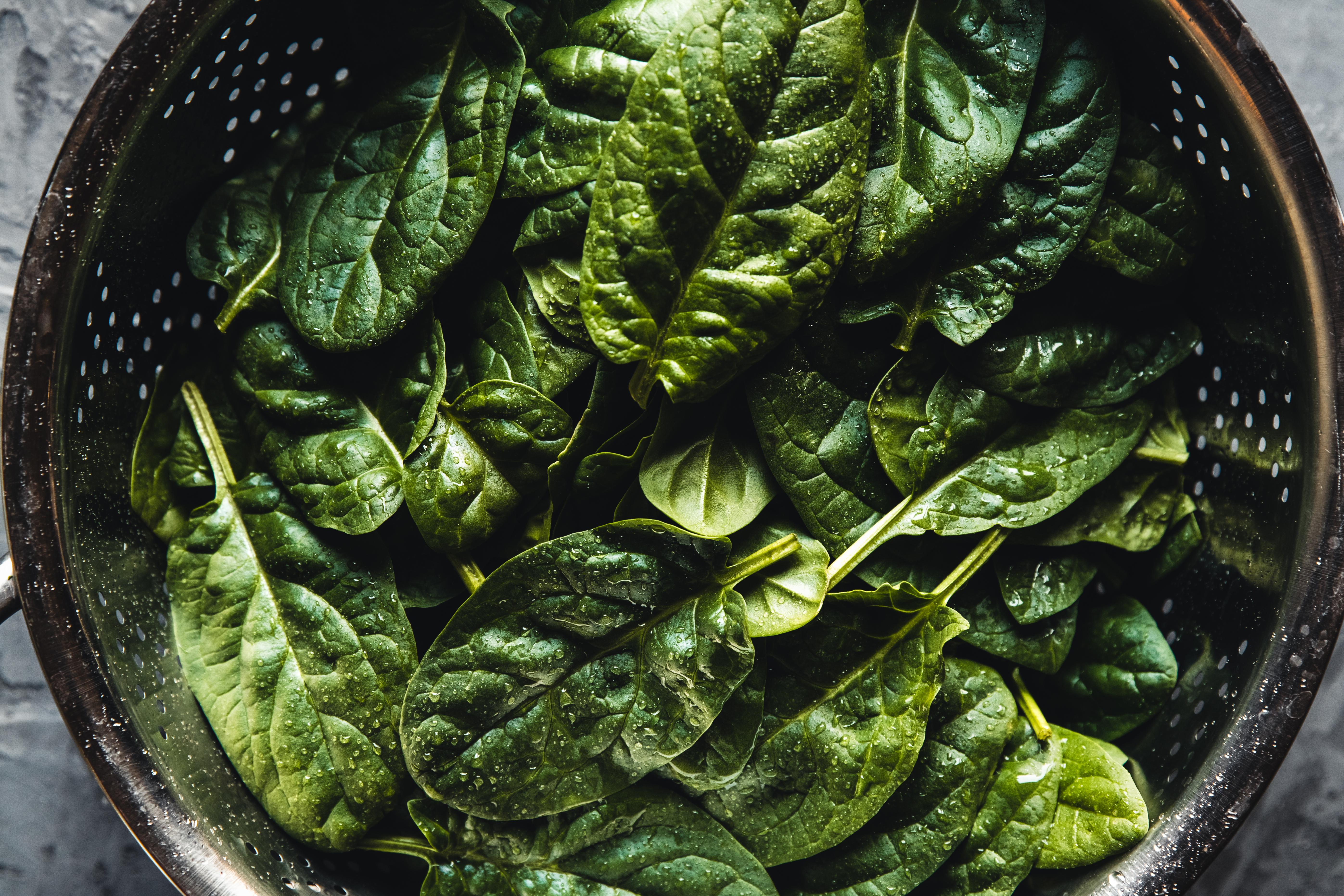
Spinach is a leafy green vegetable that is packed with nutrients, making it a staple in many healthy diets. It is rich in iron, which is essential for the production of hemoglobin and the transport of oxygen in the blood. Spinach is also high in vitamins A, C, and K, as well as folate and calcium, supporting healthy vision, immune function, and bone health. The antioxidants in spinach help to reduce inflammation and protect against chronic diseases. Spinach can be eaten raw in salads, sautéed as a side dish, or blended into smoothies, providing a versatile and nutritious addition to any meal.
9. The Healing Properties of Ginger
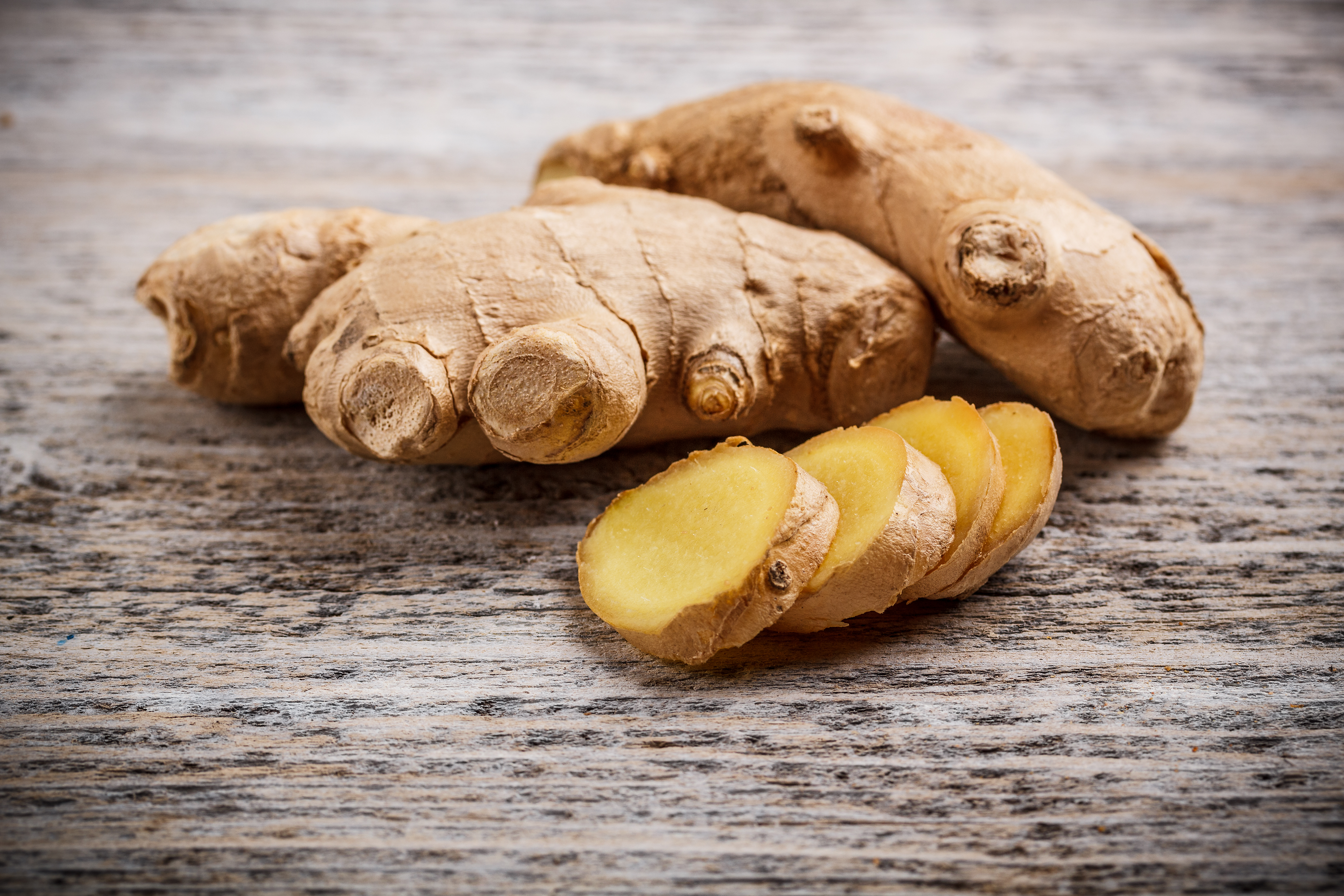
Ginger is a root that has been used for centuries in traditional medicine for its healing properties. It contains bioactive compounds such as gingerol, which have powerful anti-inflammatory and antioxidant effects. Ginger is known to aid digestion, relieve nausea, and reduce muscle pain and soreness. It also supports immune function and can help to lower blood sugar levels. Ginger can be used fresh, dried, or powdered, and it can be added to a variety of dishes, from teas and smoothies to soups and stir-fries, providing both flavor and health benefits.
10. The Antioxidant-Rich Pomegranate
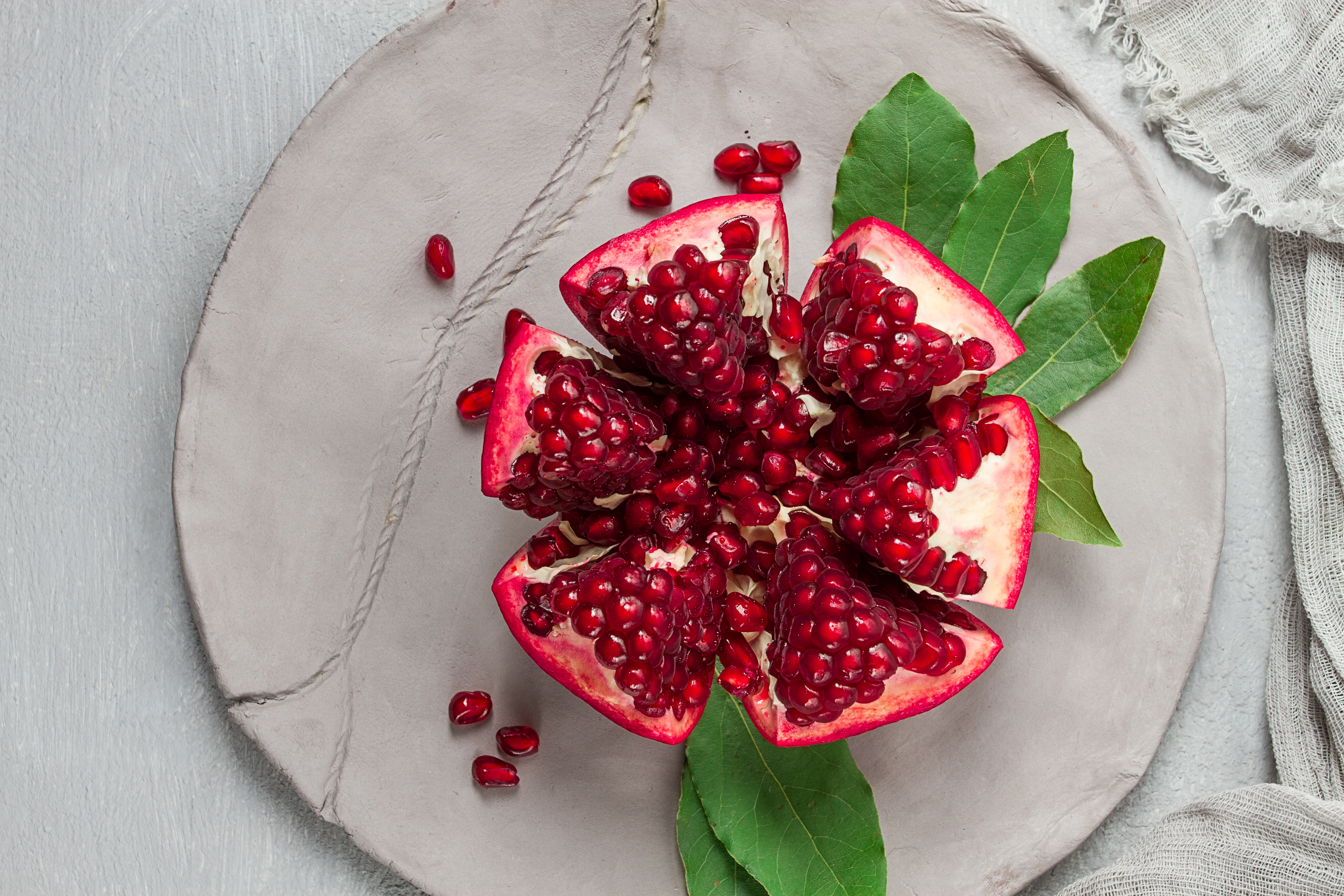
Pomegranates are a fruit that is rich in antioxidants, particularly punicalagins and anthocyanins, which help to protect the body from oxidative stress and inflammation. These antioxidants have been linked to a reduced risk of heart disease, cancer, and other chronic diseases. Pomegranates are also high in vitamins C and K, as well as potassium, supporting immune function, bone health, and heart health. The juice and seeds of the pomegranate can be consumed on their own or added to dishes such as salads, yogurts, or desserts, providing a burst of flavor and nutrition.
11. The Calcium-Packed Sardines

Sardines are a type of oily fish that are rich in calcium, making them an excellent choice for supporting bone health. They are also high in omega-3 fatty acids, which help to reduce inflammation and support heart health. Sardines are a good source of vitamin D, which is essential for calcium absorption and bone health, as well as vitamin B12, which supports energy production and brain health. Sardines can be eaten on their own or added to dishes such as salads, pasta, or sandwiches, providing a nutritious and flavorful meal option.
12. The Nutrient-Rich Seaweed
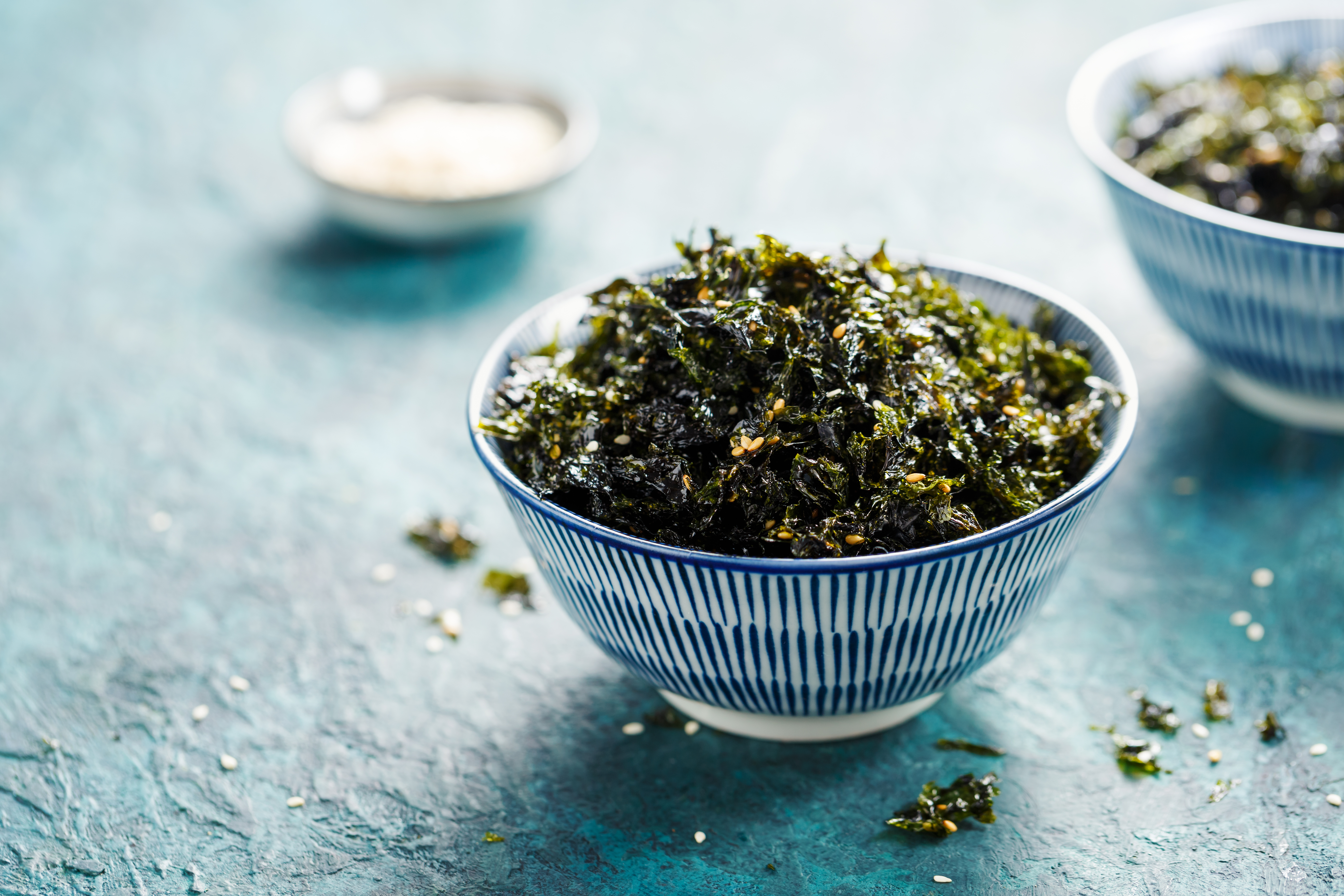
Seaweed is a type of algae that is rich in nutrients, making it a staple in many Asian diets. It is high in iodine, which is essential for thyroid function and metabolism, as well as vitamins A, C, and E, supporting immune function and skin health. Seaweed is also a good source of calcium, magnesium, and iron, supporting bone health, muscle function, and energy production. The antioxidants in seaweed help to reduce inflammation and protect against chronic diseases. Seaweed can be consumed in various forms, including dried sheets, powders, or supplements, and it can be added to dishes such as soups, salads, or sushi.
13. Black Rice – The “Forbidden” Supergrain
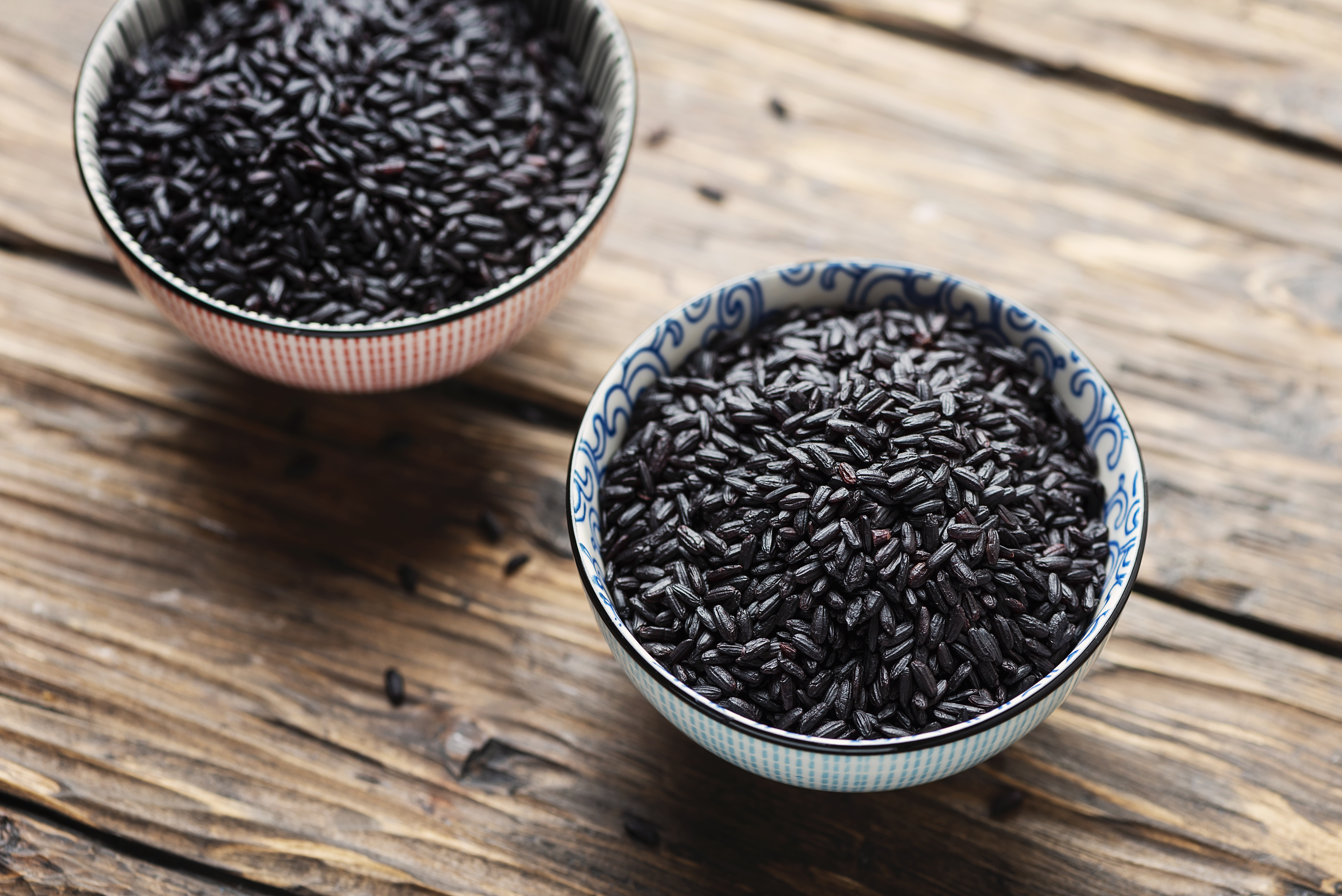
Nicknamed “forbidden rice” because it was once reserved for Chinese royalty, black rice is one of the most nutrient-dense grains available. It’s loaded with anthocyanins, the same powerful antioxidants found in blueberries, which help fight inflammation and support heart health. Unlike white rice, black rice retains its bran layer, making it rich in fiber, iron, and protein. This means it can regulate blood sugar, improve digestion, and keep you full longer. With its nutty flavor and deep purple hue, black rice is an exciting way to boost your grain game while supporting long-term health.
14. Sunchokes – The Gut-Boosting Root
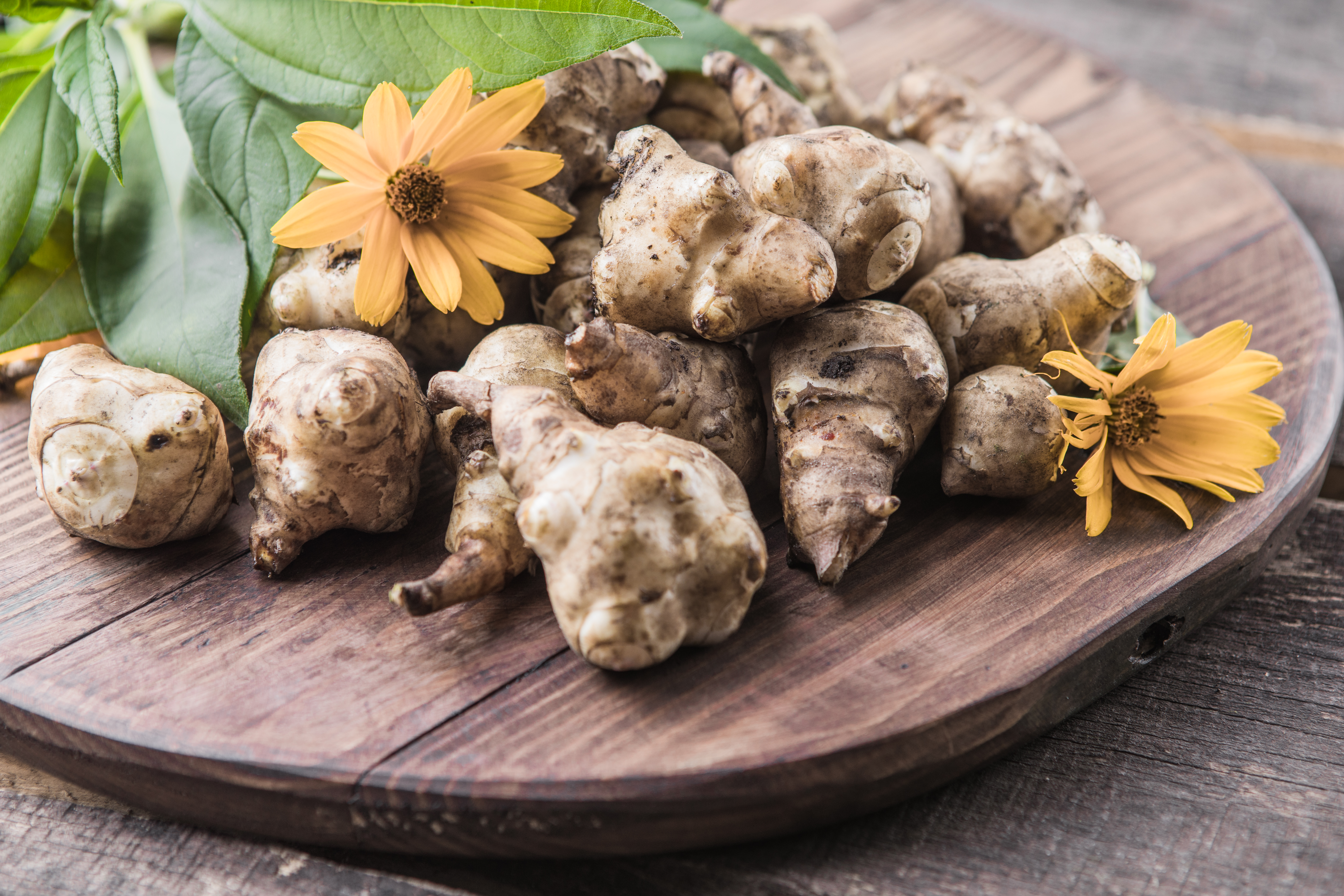
Also known as Jerusalem artichokes, sunchokes are an underrated root vegetable packed with prebiotic fiber, specifically inulin, which feeds beneficial gut bacteria and promotes digestive health. They’re also rich in iron, potassium, and magnesium, making them a fantastic energy-boosting food. With a slightly sweet, nutty flavor, sunchokes can be eaten raw in salads or roasted for a crispy, caramelized treat. Their gut-nourishing properties make them an essential addition for anyone looking to improve digestion and overall well-being.
15. Brazil Nuts – The Selenium Superstars

One Brazil nut a day can help meet your daily selenium needs, a mineral crucial for thyroid function, immune health, and cognitive support. Brazil nuts are also rich in healthy fats, magnesium, and antioxidants, which help reduce inflammation and promote heart health. Because they’re so nutrient-dense, you only need a couple per day to reap their benefits. Enjoy them as a snack, in smoothies, or blended into homemade nut butter for a delicious and powerful nutritional boost.
16. Kefir – The Probiotic Powerhouse
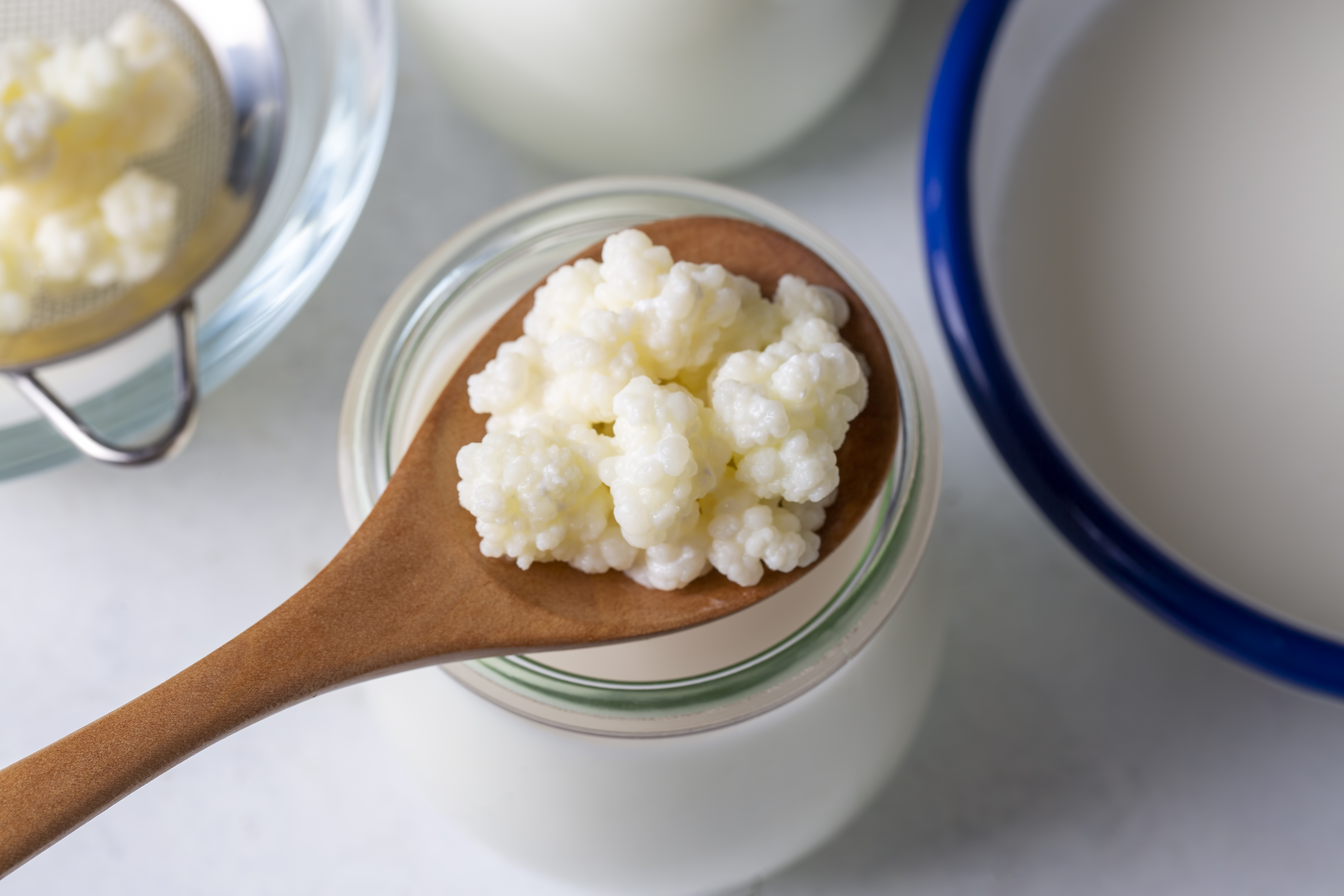
Move over, yogurt—kefir is here to level up your gut health! This fermented dairy drink contains up to 61 strains of probiotics, making it one of the best foods for gut microbiome diversity. It’s also rich in calcium, vitamin D, and protein, supporting bone health and immune function. Thanks to its fermentation process, kefir is often easier to digest than milk, making it a great option for those who are lactose-sensitive. Use kefir as a base for smoothies, salad dressings, or even in overnight oats for a tangy and gut-friendly twist.
17. Amaranth – The Ancient Protein-Packed Grain
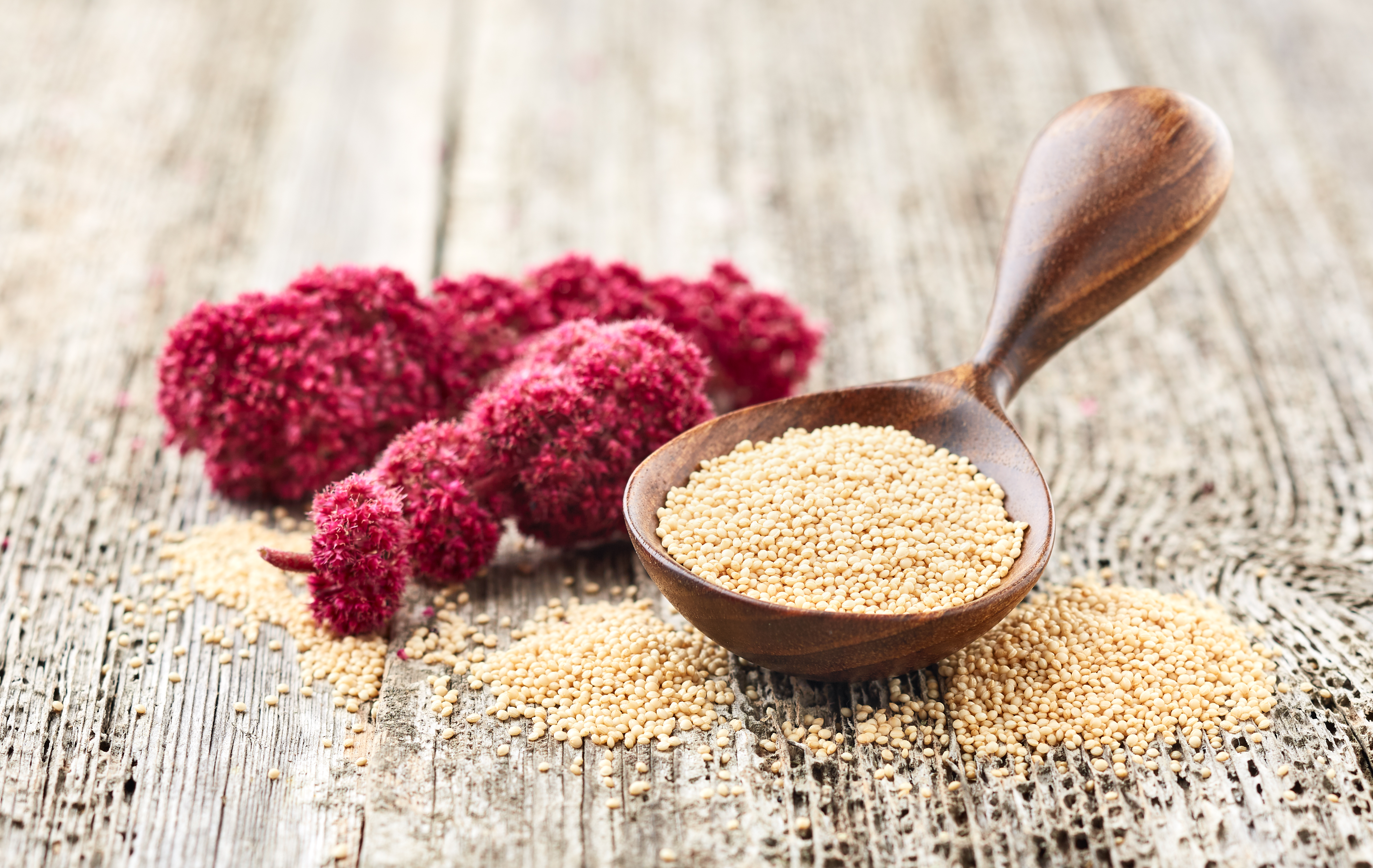
Amaranth is a gluten-free ancient grain that packs more protein than most grains, containing all nine essential amino acids, making it a complete plant-based protein. It’s also high in iron, magnesium, and calcium, which are key for bone strength, muscle function, and oxygen transport in the blood. With a slightly nutty and earthy flavor, amaranth works beautifully in grain bowls, porridges, and even as a thickener for soups. Its high fiber content supports digestion and long-lasting energy, making it an excellent choice for athletes and busy individuals.
18. Watercress – The Unsung Supergreen

Often overshadowed by kale and spinach, watercress is one of the most nutrient-dense leafy greens you can eat. It’s bursting with vitamin K, vitamin C, and antioxidants, which support bone health, immune function, and skin radiance. Watercress is also high in nitrates, which can help lower blood pressure and improve athletic performance. With its peppery, slightly spicy flavor, it adds a delicious twist to salads, sandwiches, and soups while providing a huge nutritional punch.
19. Tart Cherries – Nature’s Sleep Aid

Unlike regular sweet cherries, tart cherries are a hidden gem when it comes to improving sleep and reducing inflammation. They are one of the few natural sources of melatonin, the hormone responsible for regulating sleep cycles. Tart cherries are also packed with anthocyanins, which help reduce muscle soreness, boost recovery, and support heart health. Drinking unsweetened tart cherry juice before bed may enhance sleep quality and help with muscle recovery after exercise.
20. Maca Root – The Hormone Balancer
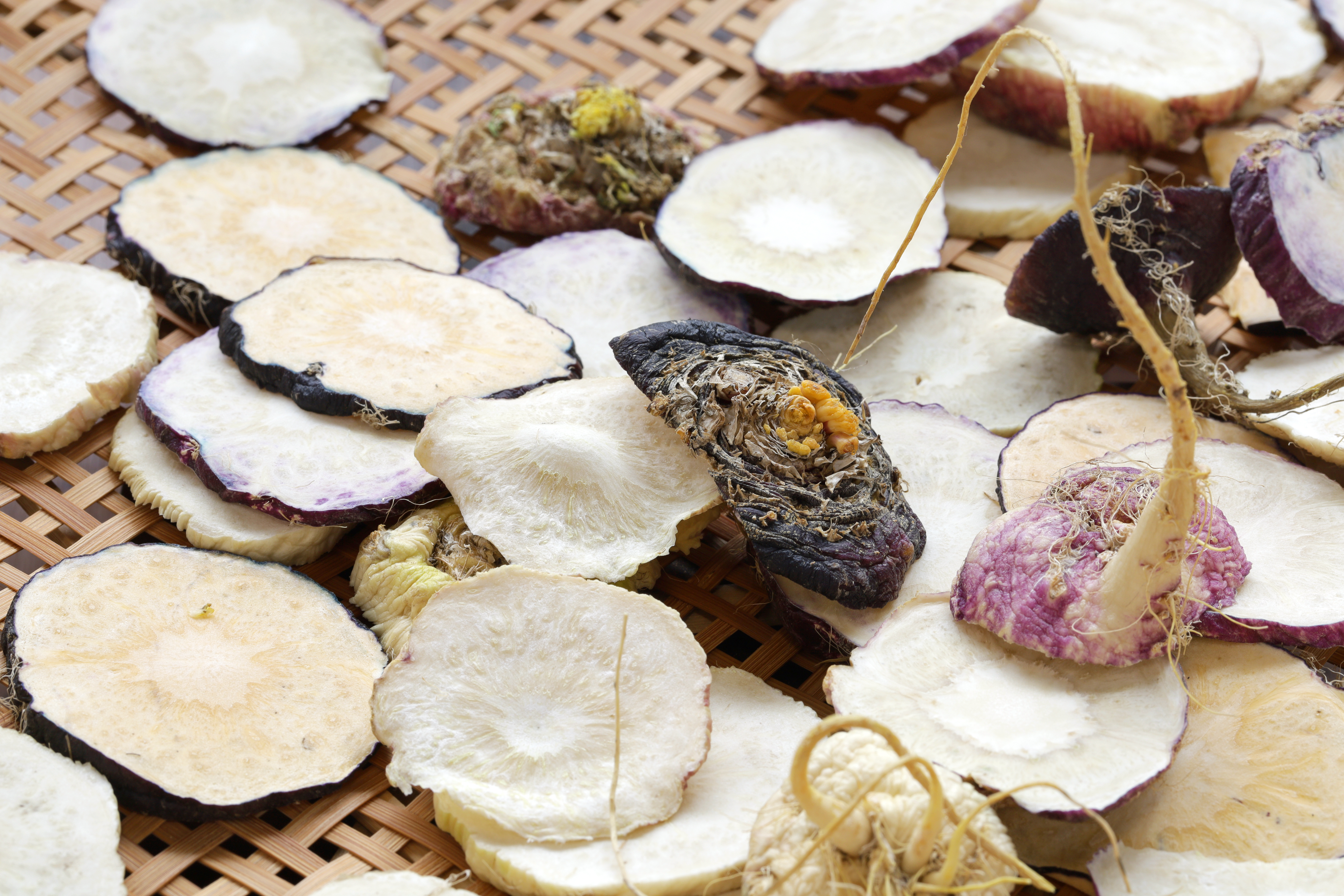
Grown in the Andes Mountains, maca root has been used for centuries as a natural energy booster and hormone balancer. This adaptogenic root helps regulate stress hormones, improve stamina, and support fertility. It’s also rich in iron, iodine, and amino acids, which enhance endurance and cognitive function. Maca powder has a malty, nutty flavor and blends well into smoothies, lattes, or energy bars, making it a convenient way to naturally enhance energy and well-being.
21. Mussels – The Ultimate Brain Food
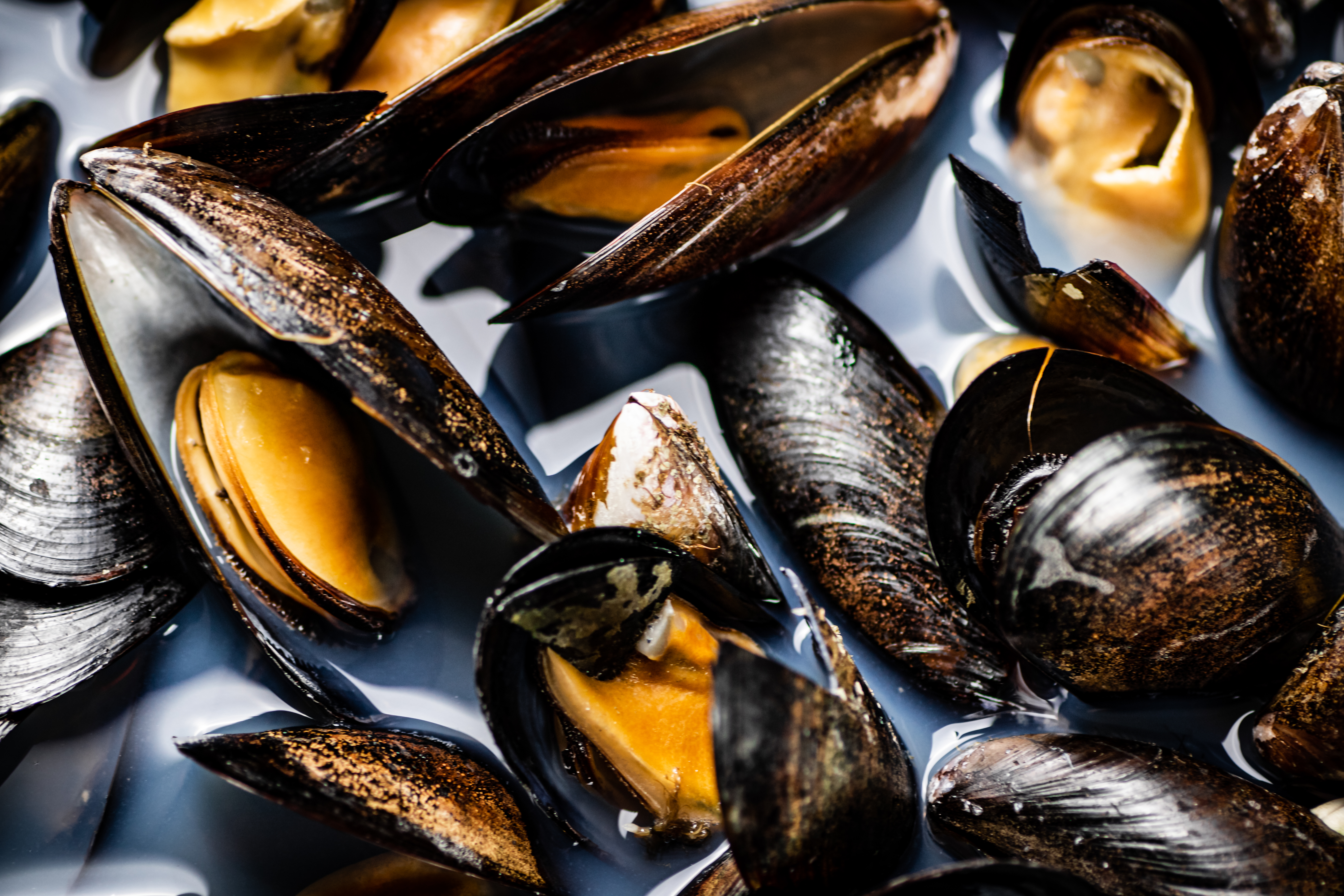
While often overlooked in favor of salmon, mussels are one of the best seafood choices for brain health. They are rich in omega-3 fatty acids, vitamin B12, and iron, which support cognitive function, red blood cell production, and overall heart health. Mussels are also one of the most sustainable seafood options, requiring minimal resources to farm. They’re delicious steamed with garlic and white wine, added to seafood stews, or even grilled for a smoky flavor.
22. Black Garlic – The Fermented Antioxidant Booster
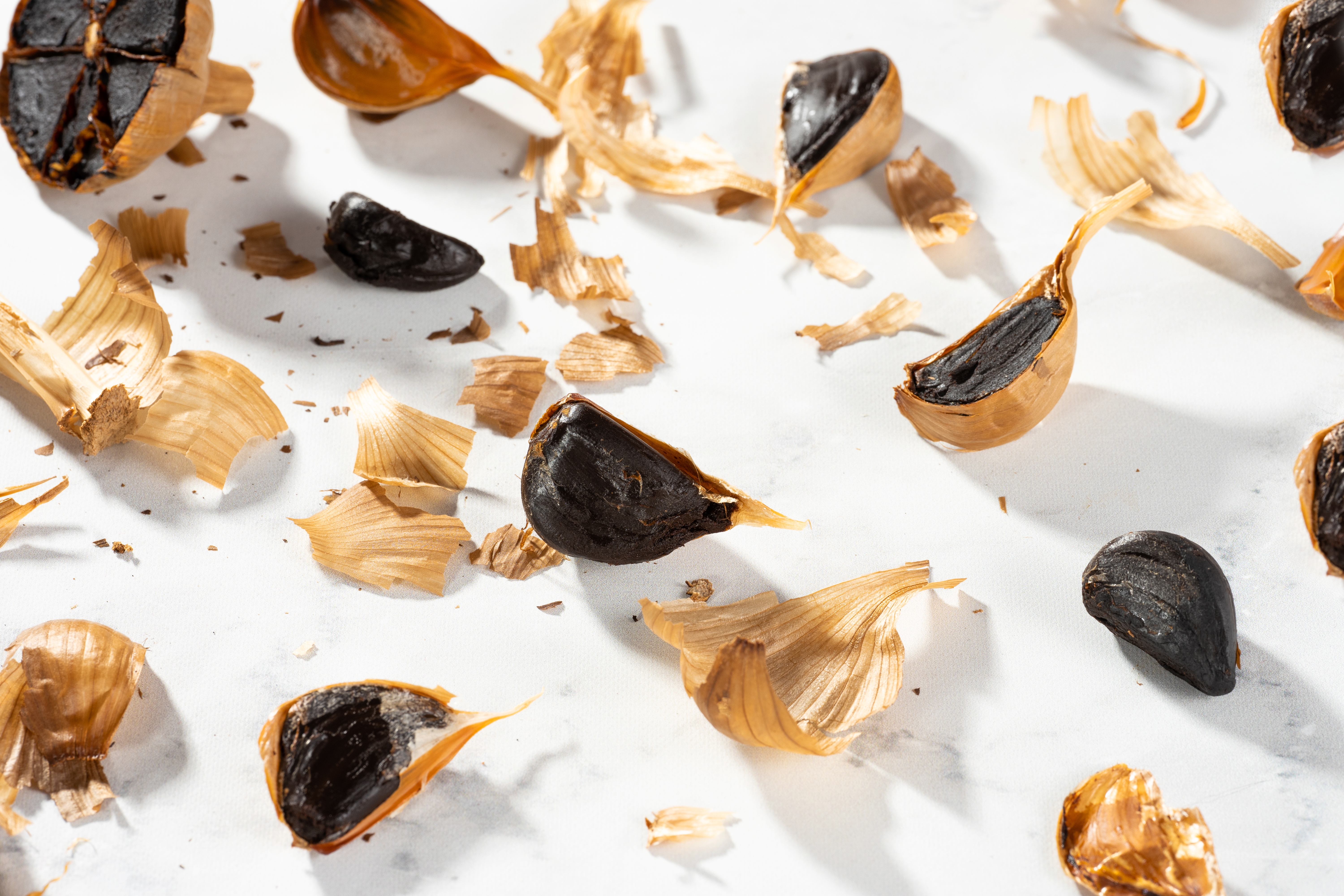
Black garlic is regular garlic that has been fermented over several weeks, transforming it into a soft, sweet, and umami-rich superfood. This aging process enhances its antioxidant levels, making it even more potent than raw garlic in fighting inflammation, improving heart health, and boosting the immune system. Black garlic also contains S-allyl cysteine, a compound known to help lower cholesterol and support brain function. Its unique, balsamic-like sweetness makes it a flavorful addition to sauces, spreads, or even eaten on its own for a burst of nutrition.
23. Teff: The Gluten-Free Grain Powerhouse
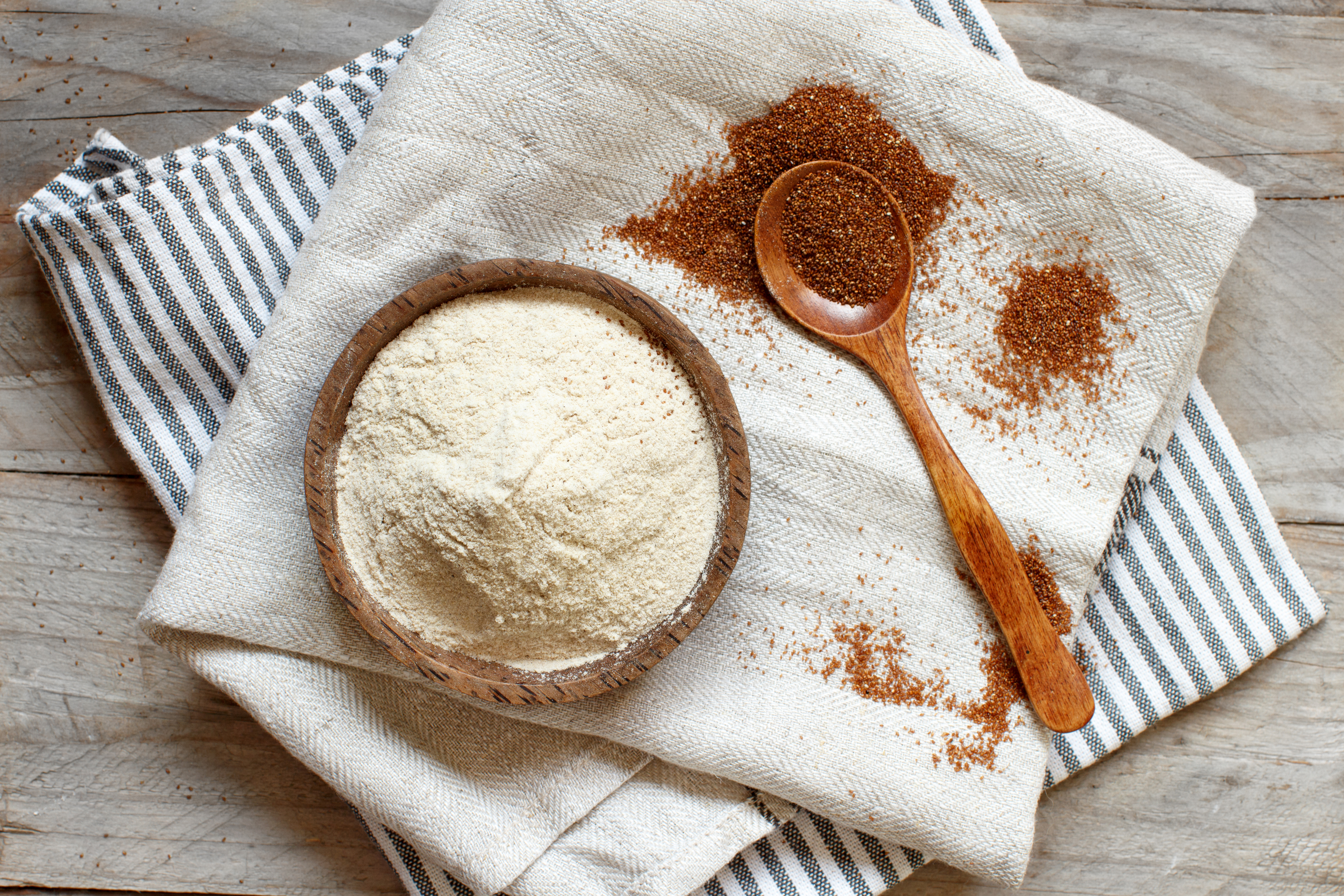
Teff, an ancient grain that has been a staple in Ethiopian cuisine for centuries, is now gaining popularity worldwide for its impressive nutritional profile and versatility. This tiny, gluten-free grain is packed with dietary fiber, making it an excellent choice for promoting digestive health and regulating bowel movements. The fiber in teff also contributes to a feeling of fullness, which can aid in weight management by reducing overall calorie intake. In addition to its high fiber content, teff is also a good source of iron, an essential mineral that plays a crucial role in oxygen transport throughout the body, including to the brain, where it supports energy production and cognitive function. Teff is also a source of protein, providing all the essential amino acids, making it a valuable protein source, especially for those following vegetarian or vegan diets. With its mild, slightly nutty flavor, teff can be used in a variety of ways. It can be cooked into a porridge, similar to oatmeal, used as a base for grain bowls, or ground into flour for baking gluten-free bread, pancakes, and other goods. Its fine texture blends well with other ingredients, adding a subtle nutritional boost without overpowering the flavor of the dish.
24. Nutritional Yeast: The Cheesy Vegan Delight

Nutritional yeast is a deactivated yeast that has become a go-to ingredient in vegan cooking, prized for its unique cheesy, savory flavor. Unlike active yeast used for baking, nutritional yeast will not make dough rise. Instead, it is used as a seasoning to add a cheesy taste without the need for dairy. It is particularly rich in vitamin B12, a vitamin that is essential for nerve function, cell growth, and energy metabolism. Vitamin B12 is primarily found in animal products, making nutritional yeast a crucial dietary component for vegans, who may otherwise be at risk of deficiency. In addition to vitamin B12, nutritional yeast is also a good source of other B vitamins, including thiamin, riboflavin, niacin, and folate. These B vitamins play vital roles in energy metabolism, helping the body convert food into fuel, and also support brain function, contributing to cognitive clarity and mood regulation. Nutritional yeast is typically sold in flake or powder form and can be easily incorporated into a variety of dishes. Sprinkle it on popcorn for a cheesy, savory snack, use it to make creamy vegan sauces and dips, or add it to roasted vegetables and pasta dishes for an extra layer of flavor and nutrition.
25. Kohlrabi: The Crisp Cruciferous Gem

Kohlrabi, a cruciferous vegetable that is related to cabbage, broccoli, and kale, is often overlooked in favor of its more popular relatives. However, this unique vegetable, with its crisp, slightly sweet bulb and edible leaves, boasts an impressive array of nutritional benefits. Both the bulb and the leaves of kohlrabi are excellent sources of vitamin C, a potent antioxidant that supports immune function, protects against cellular damage, and aids in collagen production for healthy skin. Kohlrabi is also high in dietary fiber, which promotes healthy digestion, prevents constipation, and helps to maintain stable blood sugar levels. The fiber in kohlrabi also contributes to a feeling of fullness, which can aid in weight management. Additionally, kohlrabi is packed with other antioxidants, including anthocyanins and glucosinolates, which have been shown to have anti-inflammatory and anti-cancer properties. Kohlrabi has a mild, slightly sweet flavor, similar to broccoli stem, and a crisp texture. It can be enjoyed raw, thinly sliced or grated, in salads for a refreshing crunch, or cooked in stir-fries, soups, and stews for a more tender texture.
26. Rutabaga: The Root Vegetable Powerhouse
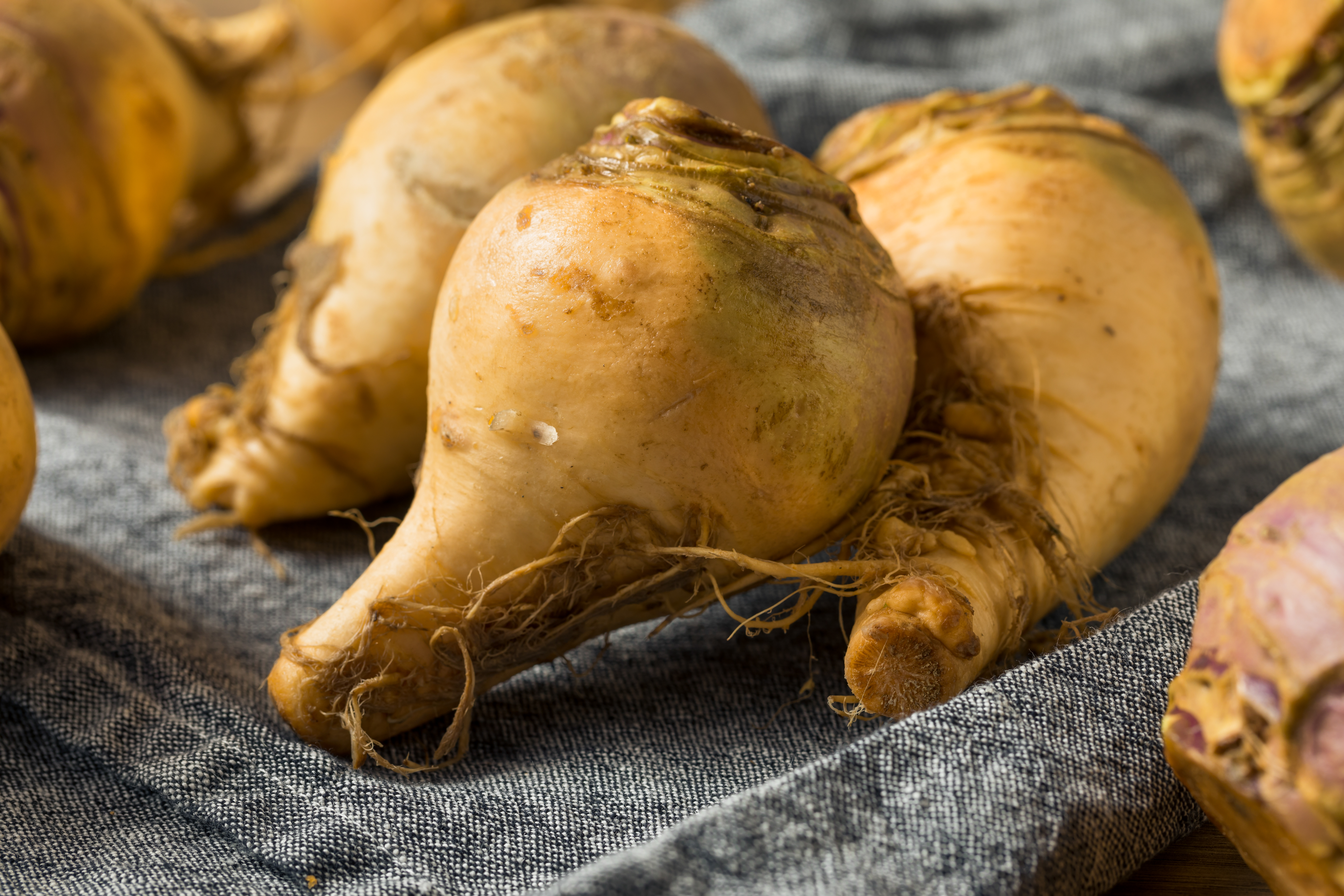
Rutabaga, a root vegetable that is a cross between cabbage and turnip, is a nutritional powerhouse that is often overlooked in favor of more familiar root vegetables like potatoes and carrots. However, rutabaga offers a unique combination of nutrients that make it a valuable addition to a healthy diet. It is particularly high in dietary fiber, which promotes digestive health, prevents constipation, and helps to regulate blood sugar levels. The fiber in rutabaga also contributes to a feeling of fullness, which can aid in weight management. Rutabaga is also an excellent source of vitamin C, a potent antioxidant that supports immune function, protects against cellular damage, and is essential for collagen production. Additionally, it is rich in potassium, an electrolyte that plays a crucial role in maintaining healthy blood pressure levels and supporting heart health. Rutabaga has a slightly sweet and peppery flavor that lends itself well to a variety of cooking methods. It can be mashed as a lower-carbohydrate alternative to mashed potatoes, added to stews and soups for a hearty and nutritious boost, or roasted to bring out its natural sweetness and create a caramelized flavor.
27. Buckwheat: The Gluten-Free See
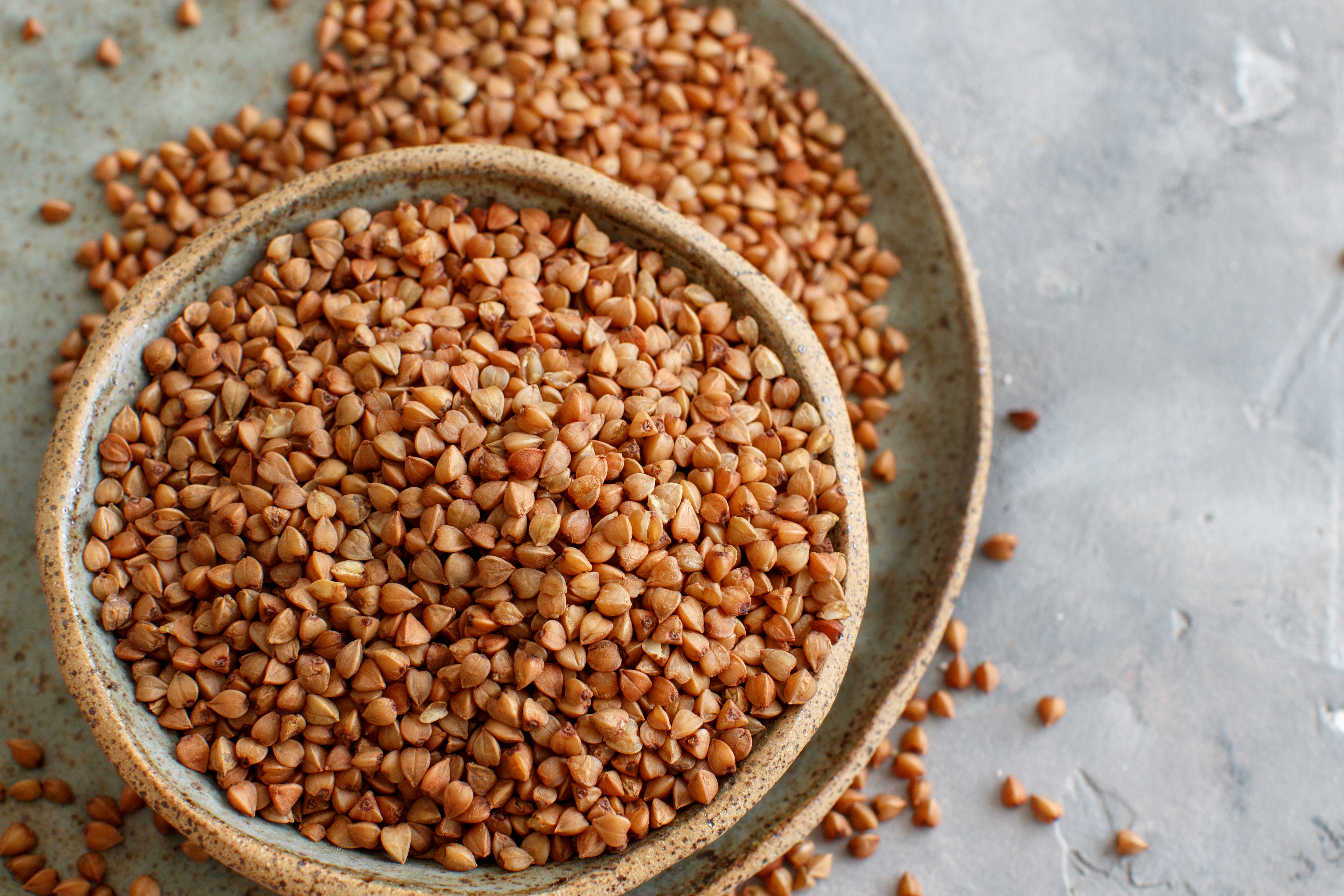
Despite its name, buckwheat is not actually a type of wheat but rather a seed that is related to rhubarb. This makes it naturally gluten-free, making it a safe and nutritious grain option for those with celiac disease or gluten sensitivity. Buckwheat is a nutritional powerhouse, packed with dietary fiber, which promotes healthy digestion, prevents constipation, and helps to regulate blood sugar levels. The fiber in buckwheat also contributes to a feeling of fullness, which can aid in weight management. It is also a good source of protein, containing all nine essential amino acids, making it a complete plant-based protein source. Additionally, buckwheat is rich in minerals like magnesium, which is involved in hundreds of bodily functions, including muscle and nerve function, and potassium, which is essential for heart health and maintaining healthy blood pressure levels. Buckwheat has a slightly nutty and earthy flavor that works well in a variety of dishes. It can be cooked into a porridge for a warm and comforting breakfast, used to make noodles, such as Japanese soba noodles, or ground into flour for baking gluten-free pancakes, muffins, and other baked goods.
28. Dulse: The Ocean's Mineral Treasure
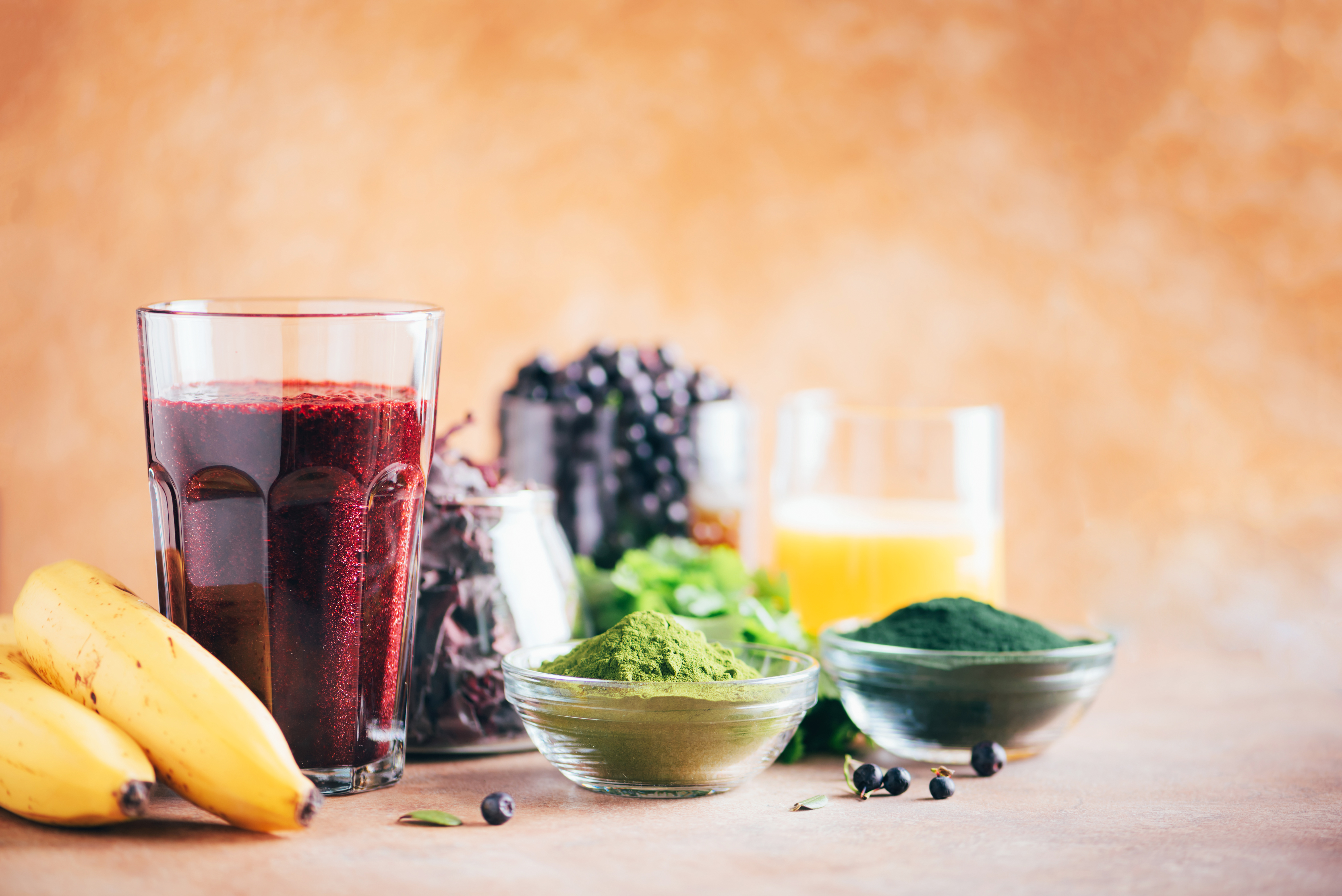
Dulse is a type of red seaweed that is harvested from the cold waters of the Atlantic and Pacific Oceans. This sea vegetable is a nutritional treasure trove, offering a wide array of vitamins and minerals that are essential for human health. Dulse is a particularly rich source of iodine, a mineral that is crucial for thyroid function and the production of thyroid hormones, which regulate metabolism, growth, and development. It is also a good source of potassium, an electrolyte that plays a vital role in maintaining healthy blood pressure levels and supporting heart health, and iron, which is essential for the formation of red blood cells and the transport of oxygen throughout the body. Furthermore, dulse contains unique antioxidants called phycoerythrins, which give it its vibrant red color and have been shown to possess anti-inflammatory properties. Dulse has a slightly salty and umami flavor, often described as being savory and slightly sweet. It can be eaten dried as a snack, offering a crunchy and nutritious alternative to chips, or added to soups, salads, and other dishes to enhance their flavor and nutritional value.
29. Amchur (Mango Powder): The Tangy Spice
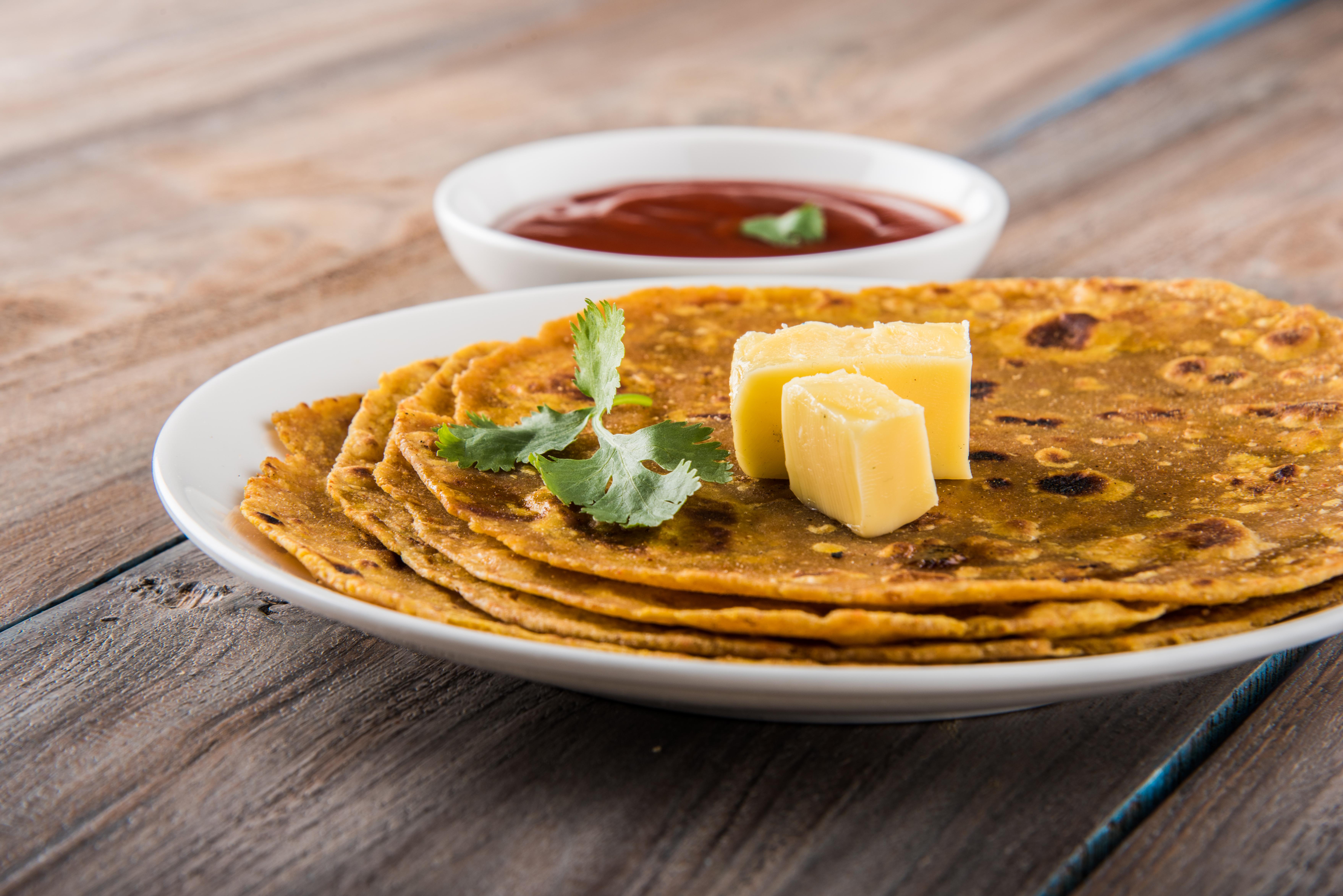
Amchur, also known as mango powder, is a unique and flavorful spice made from dried, unripe mangoes. This tangy spice is a staple ingredient in Indian cuisine, where it is used to add a bright, acidic flavor to a wide variety of dishes. Amchur is more than just a flavor enhancer; it also offers a range of nutritional benefits. It is a rich source of vitamin C, a potent antioxidant that supports immune function, protects against cellular damage, and is essential for collagen production for healthy skin. Amchur is also packed with other antioxidants, including polyphenols, which have been shown to have anti-inflammatory properties and may help to protect against chronic diseases. The tangy flavor of amchur makes it a versatile spice that can be used in numerous ways. It is commonly added to curries, stews, and vegetable dishes to provide a sour counterpoint to rich and spicy flavors. It can also be used in marinades and spice rubs for meats and vegetables, adding a fruity and acidic note. Amchur is a staple ingredient in many Indian chutneys and relishes, where its tanginess shines.
30. Sorghum: The Gluten-Free Grain
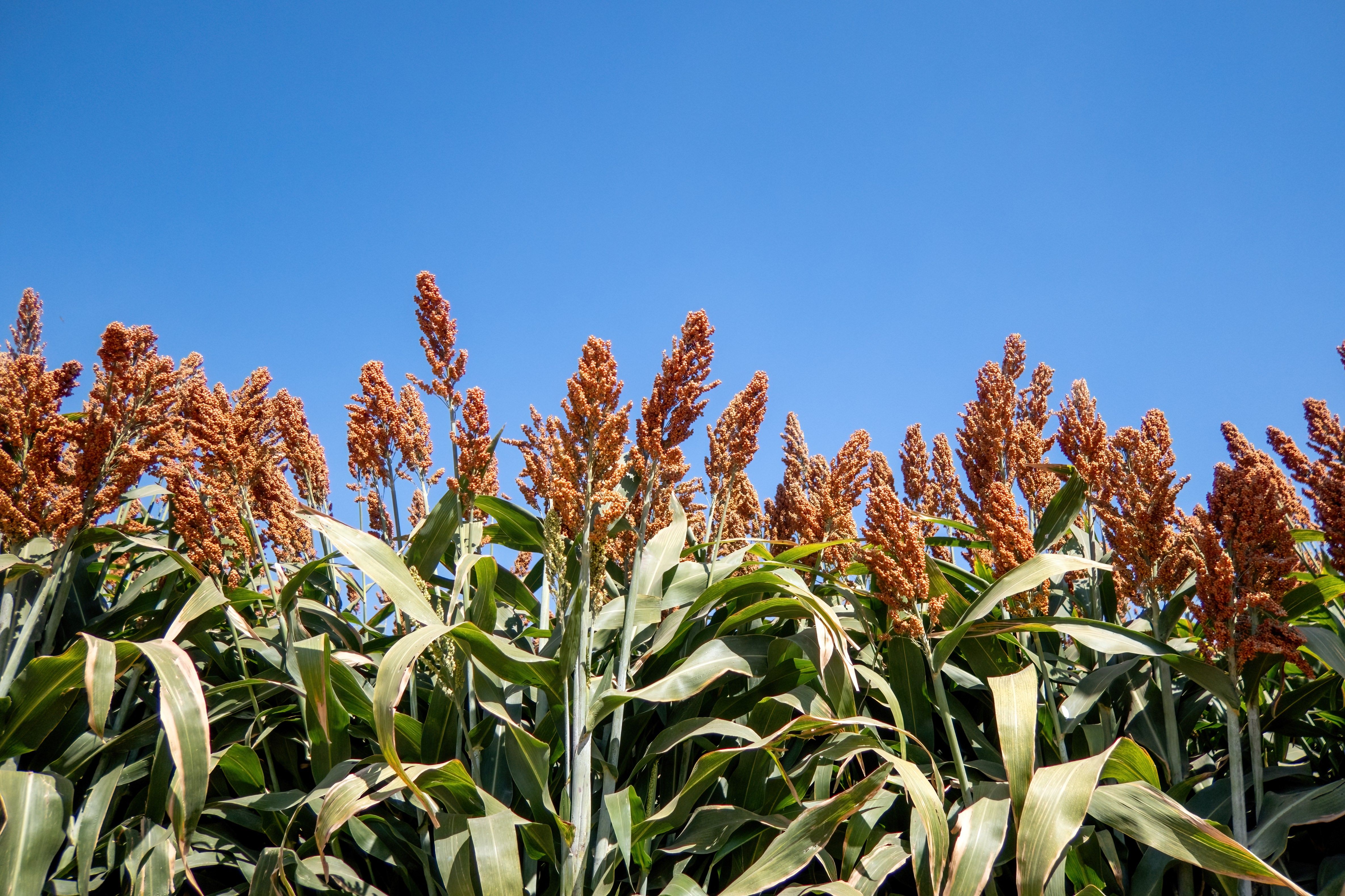
Sorghum is an ancient, gluten-free grain that has been cultivated for thousands of years and is a staple food in many parts of the world, particularly in Africa and Asia. This versatile grain is a nutritional powerhouse, offering a good source of dietary fiber, protein, and a variety of essential vitamins and minerals. The fiber in sorghum promotes healthy digestion, prevents constipation, and helps to regulate blood sugar levels, making it a good choice for those with diabetes or those looking to manage their weight. Sorghum is also a good source of protein, providing all the essential amino acids. Additionally, it is rich in minerals like iron, which is crucial for oxygen transport in the blood, magnesium, which plays a role in hundreds of bodily functions, and B vitamins, which are essential for energy metabolism and brain function. Sorghum has a mild, slightly sweet flavor that is similar to corn, making it a versatile grain that can be used in a variety of dishes. It can be cooked and eaten whole, similar to rice or quinoa, and used as a base for pilafs, salads, and grain bowls. It can also be ground into flour and used for baking gluten-free bread, muffins, and other goods.
31. Chlorella: The Detoxifying Algae
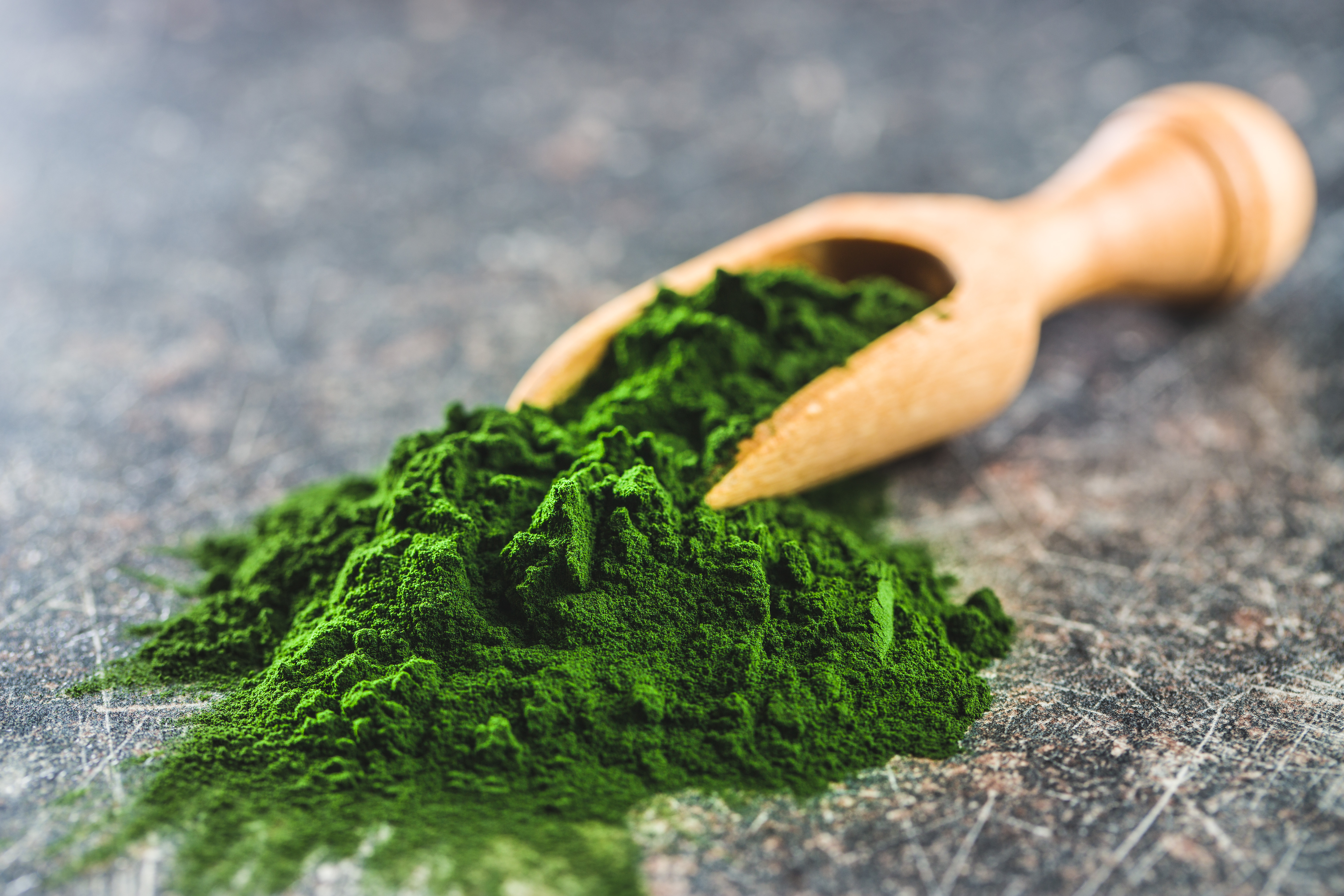
Chlorella is a type of single-celled, freshwater algae that is packed with an impressive array of nutrients. This vibrant green algae is particularly rich in chlorophyll, a pigment that gives plants their green color and is known for its detoxifying properties. Chlorophyll helps the body to eliminate toxins and heavy metals, supporting liver function and overall detoxification. Chlorella is also a good source of vitamins, including vitamins A, C, and E, which are potent antioxidants that protect against cellular damage, and minerals like iron, which is essential for energy production, and magnesium, which supports nerve and muscle function. Furthermore, chlorella is a source of protein, containing all the essential amino acids. Chlorella is commonly available in powder or tablet form, making it easy to incorporate into your daily routine. The powder can be added to smoothies and green juices, providing a nutritional boost and a vibrant green hue.
32. Jackfruit: The Versatile Tropical Fruit
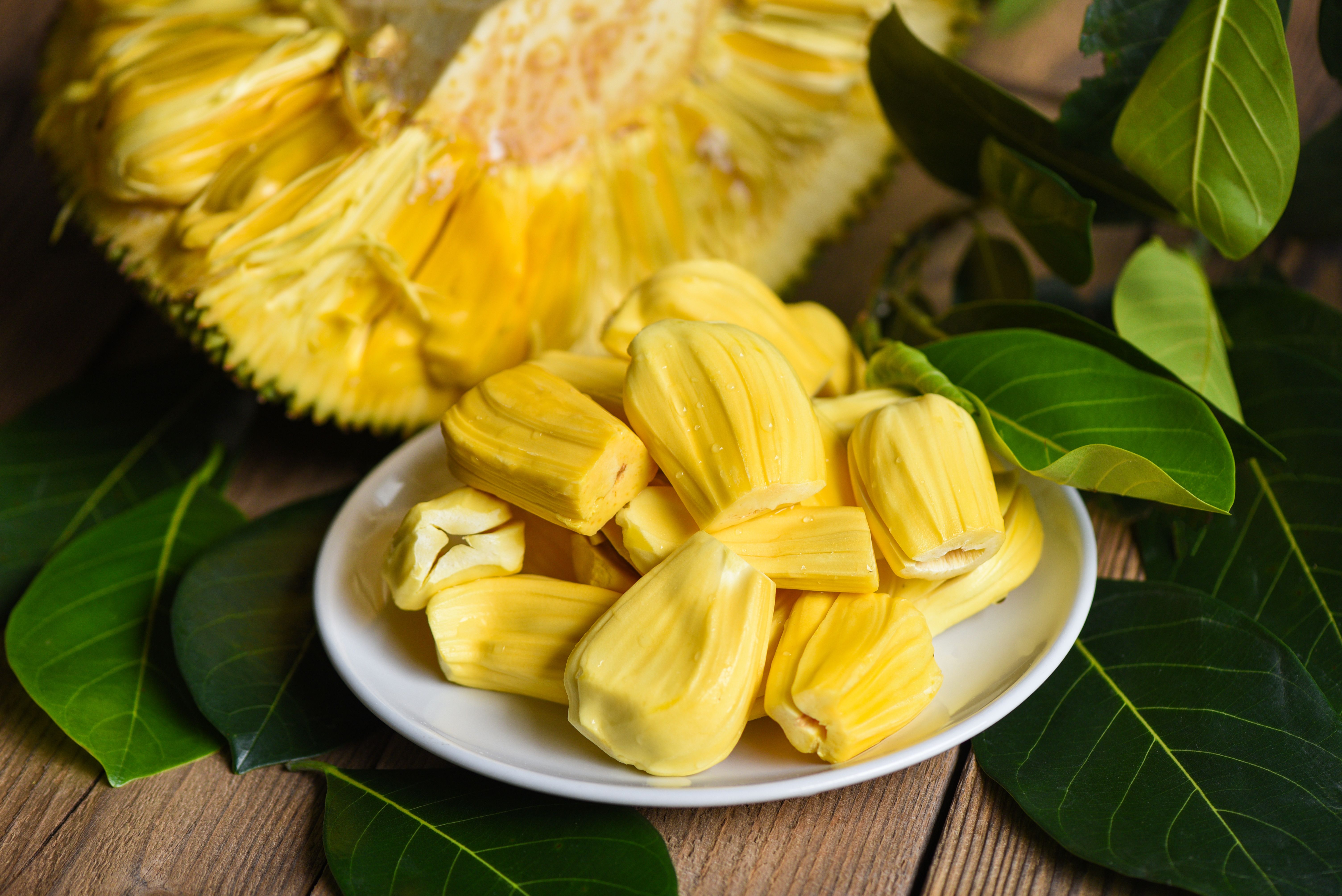
Jackfruit is a large, tropical fruit that is native to South Asia and is now grown in many parts of the world. This unique fruit is surprisingly versatile, offering a range of culinary and nutritional benefits, especially when young and unripe. Young, unripe jackfruit has a neutral flavor and a meaty, fibrous texture that makes it a popular plant-based meat alternative. It can be shredded and used in dishes like tacos, pulled "pork" sandwiches, and curries, providing a satisfying and protein-rich option for vegetarians and vegans. As it ripens, jackfruit becomes sweet and yellow, with a flavor reminiscent of a combination of banana, mango, and pineapple. Ripe jackfruit is also nutritious, offering a good source of vitamin C, which supports immune function, and vitamin B6, which plays a role in brain development and nervous system health. Whether enjoyed young or ripe, jackfruit is a versatile and nutritious fruit.
Embracing Nutritional Diversity
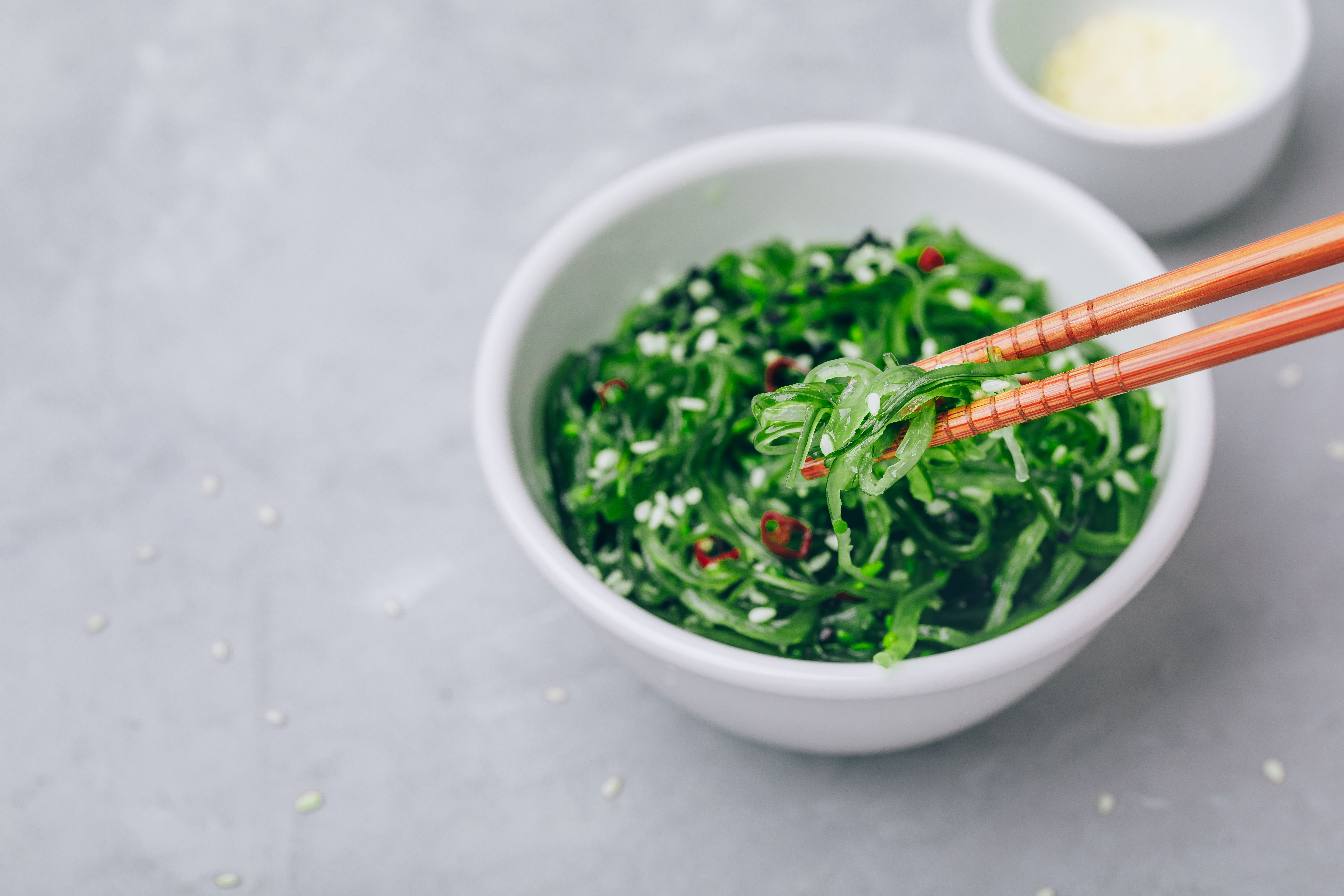
The exploration of these 32 hidden powerhouses of nutrition reveals the vast diversity and richness of the natural world. Each food offers unique benefits, contributing to a well-rounded and balanced diet. By incorporating these nutrient-dense foods into your meals, you can enhance your overall health and well-being. Embracing nutritional diversity not only supports physical health but also enriches your culinary experiences, introducing new flavors and textures to your palate. As you embark on your nutritional journey, remember that the key to optimal health lies in variety and balance, and these hidden powerhouses are a testament to the incredible potential of nature's bounty.
